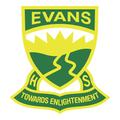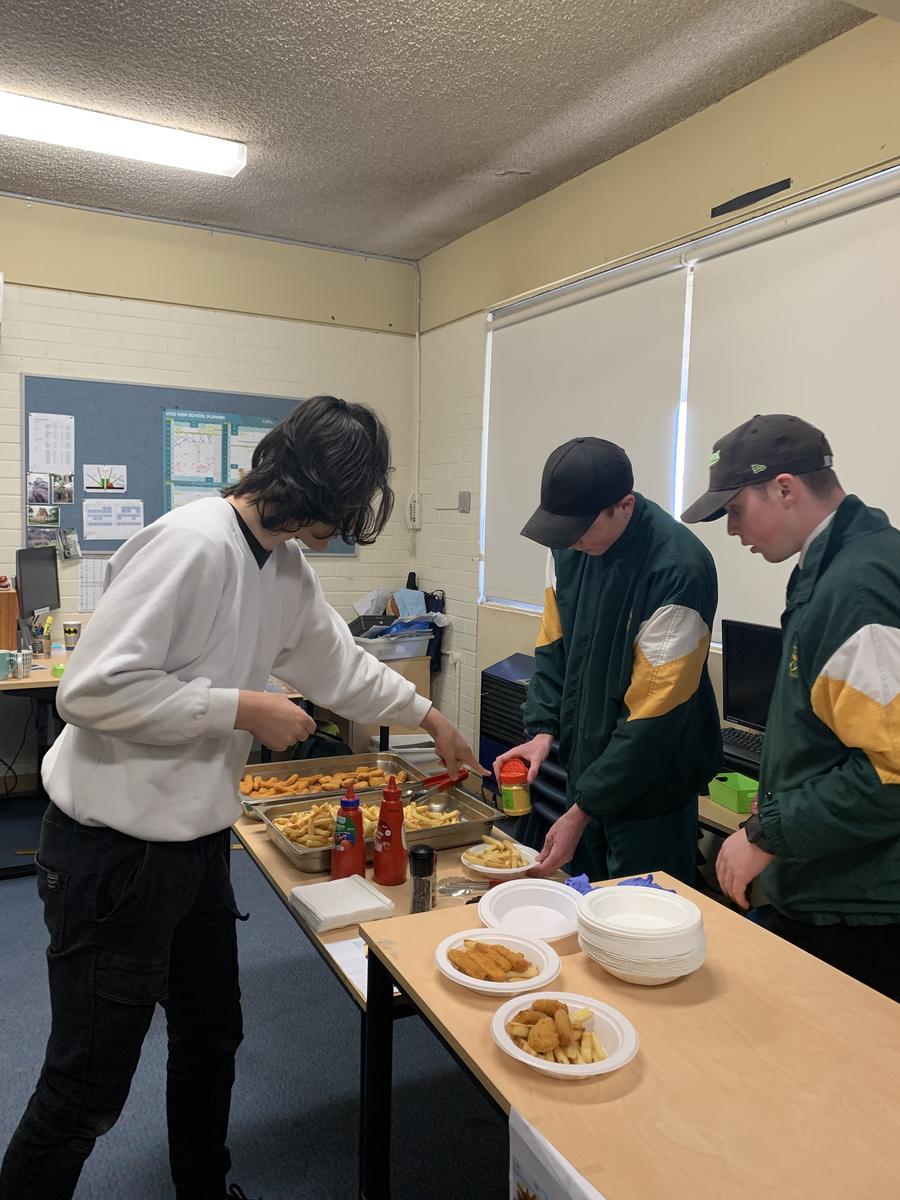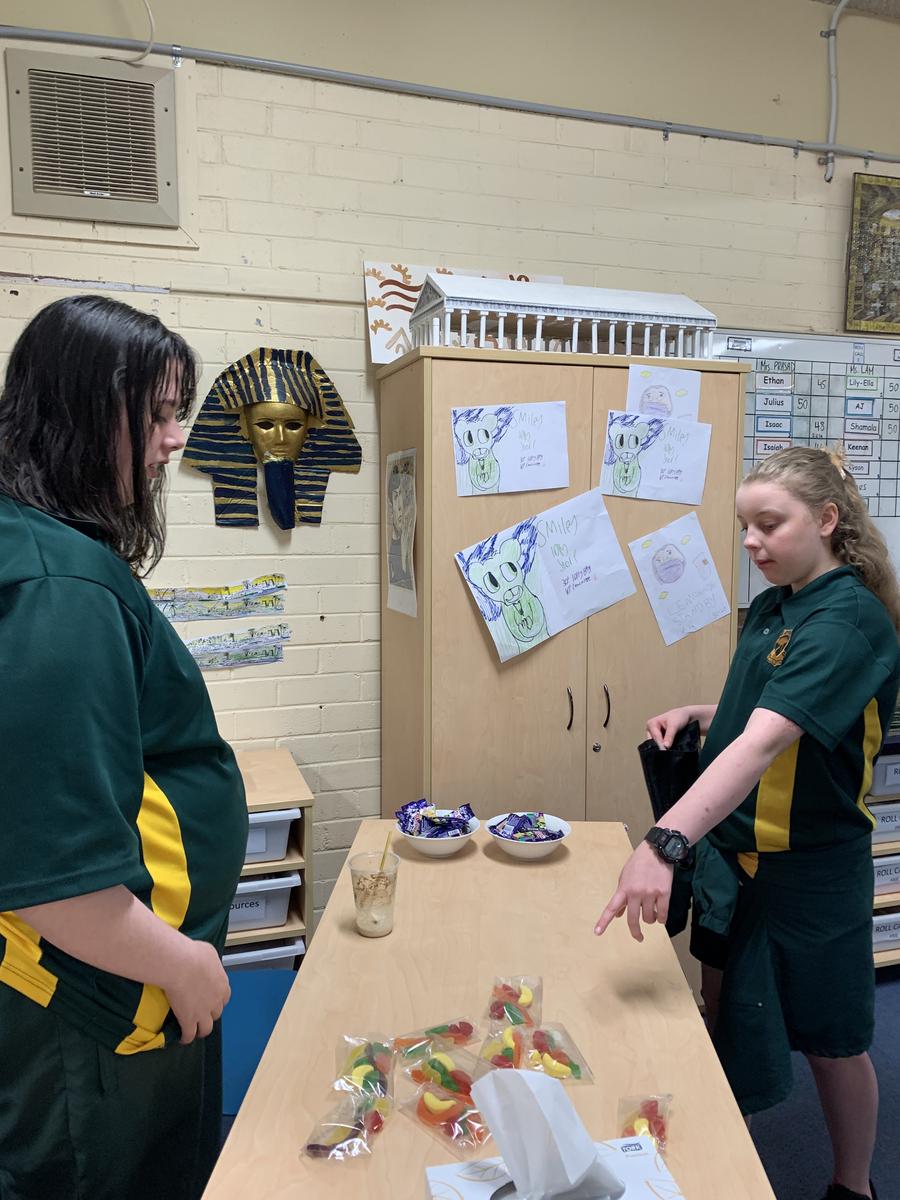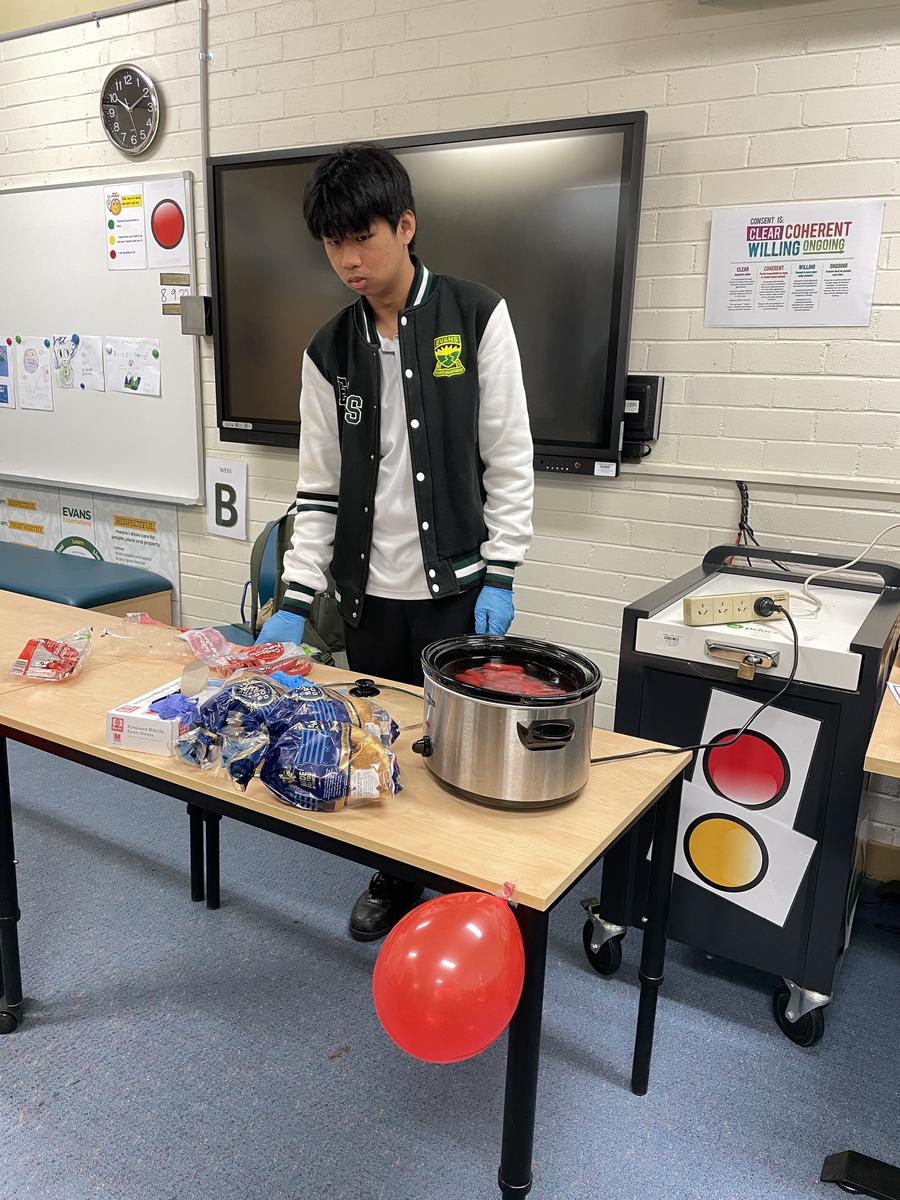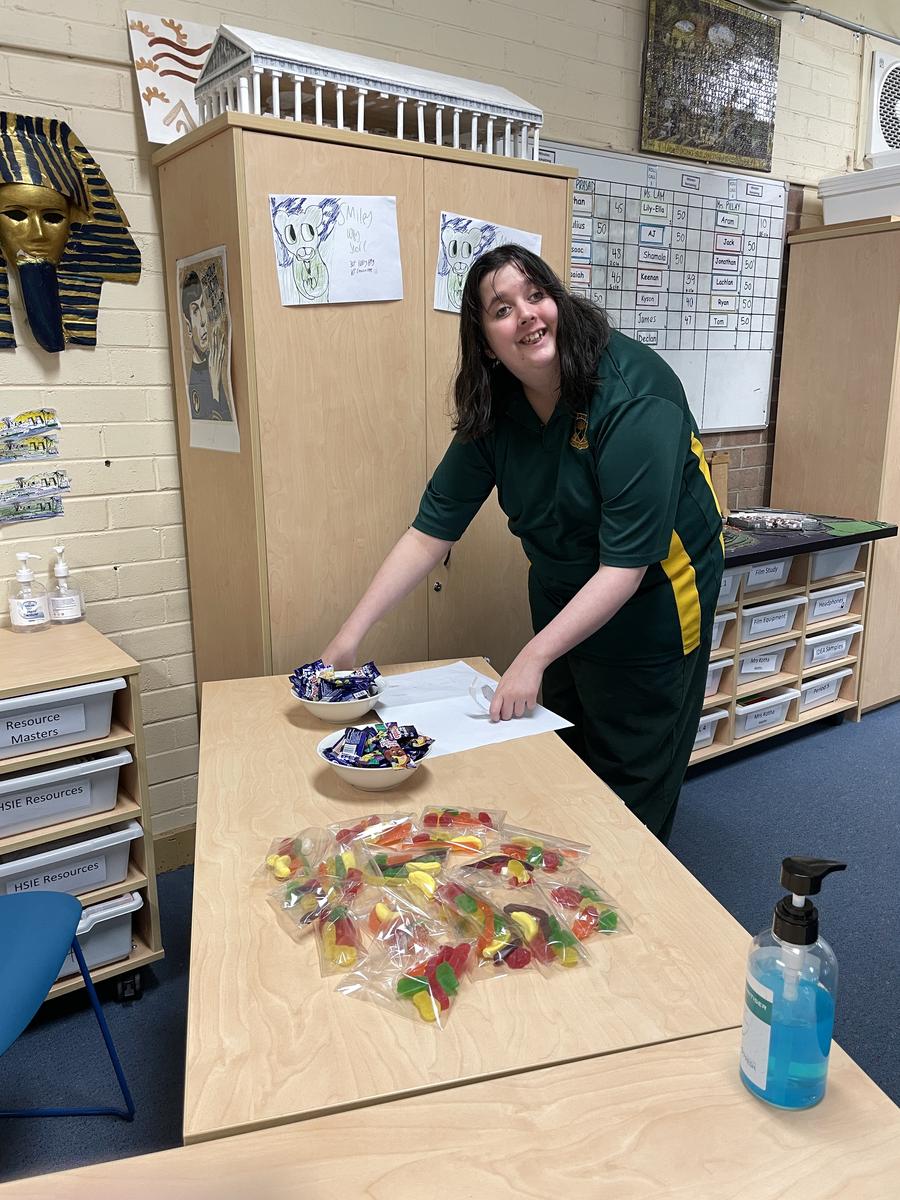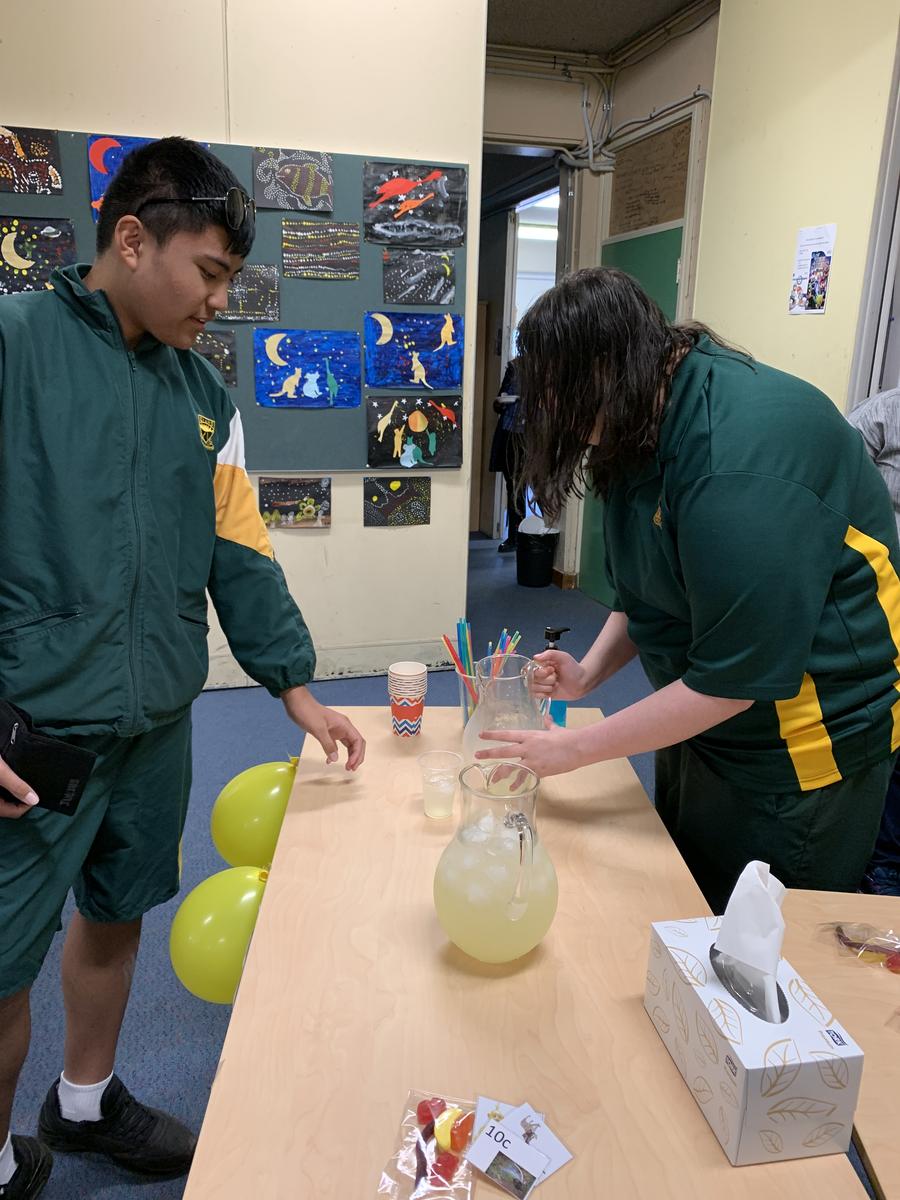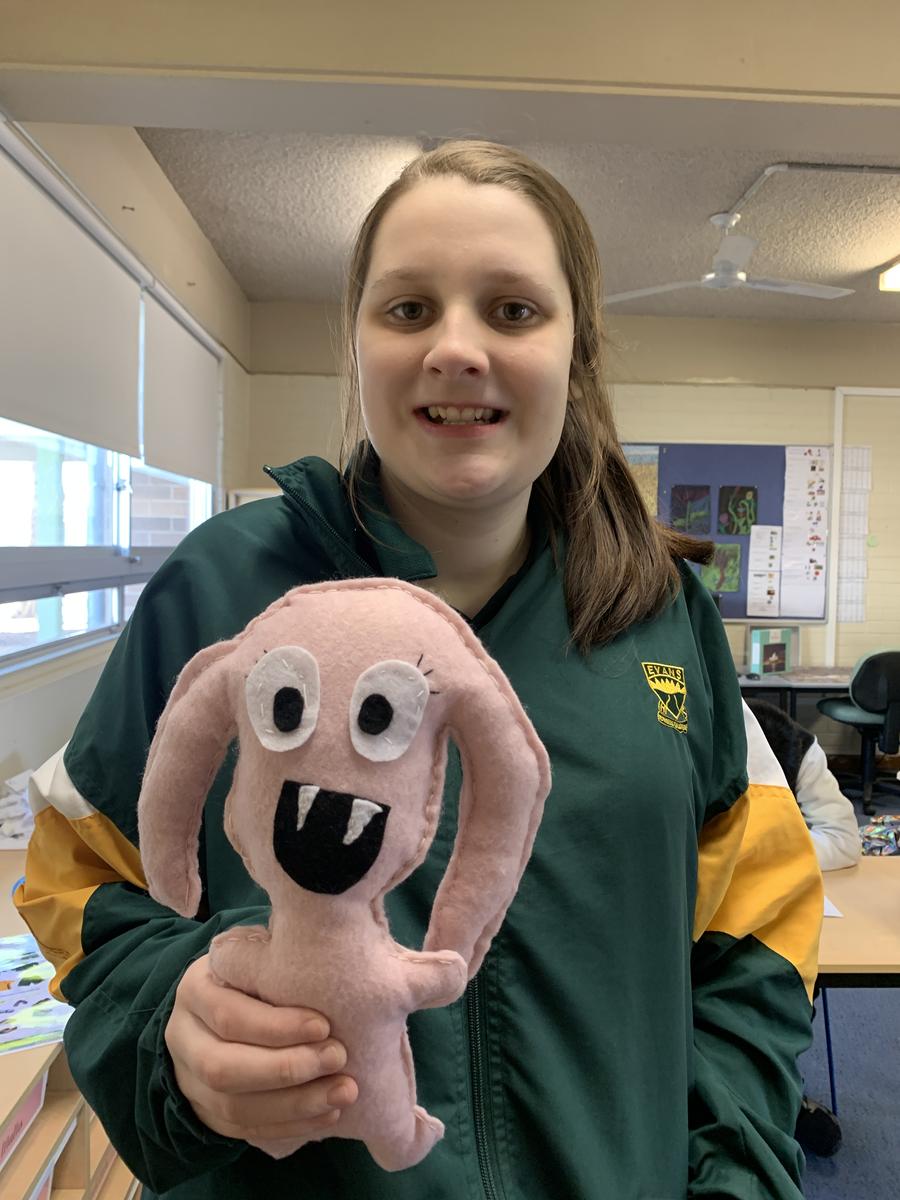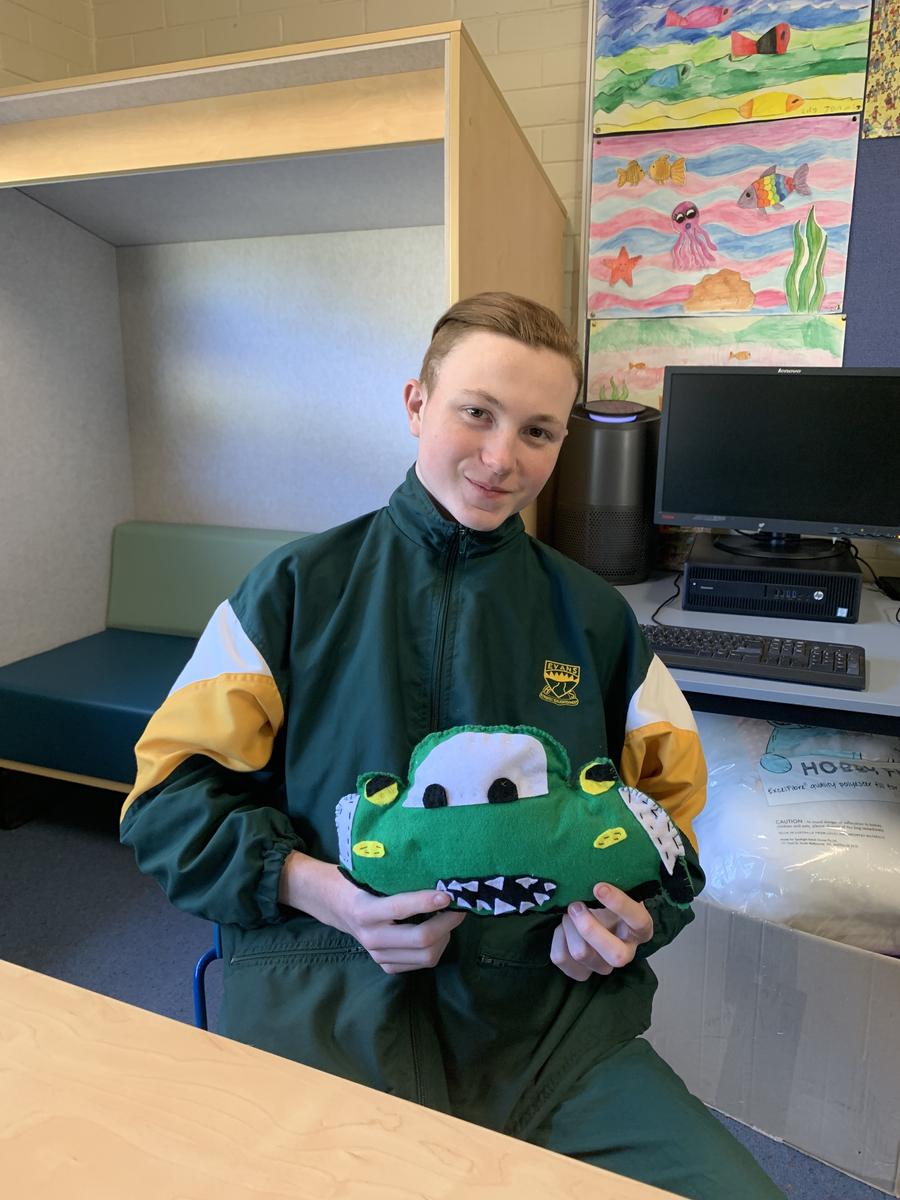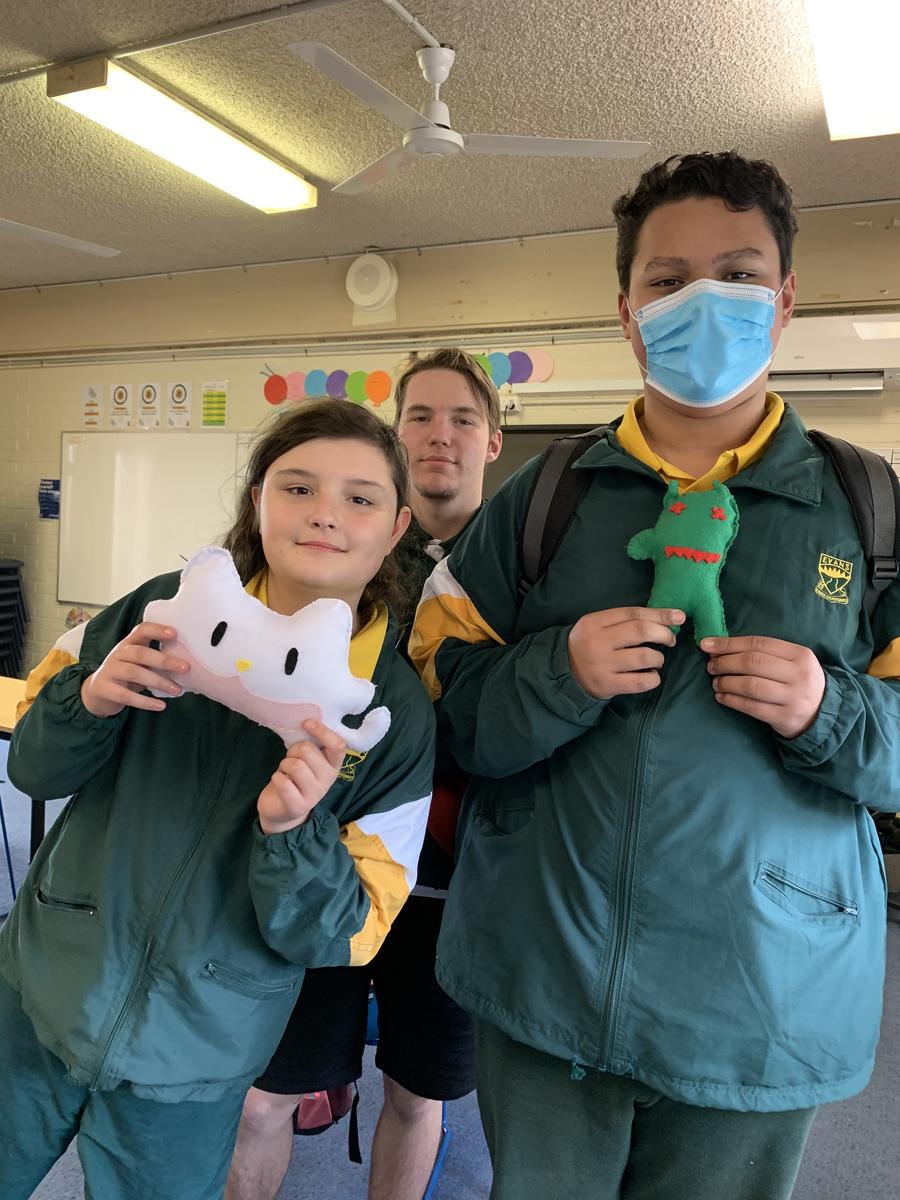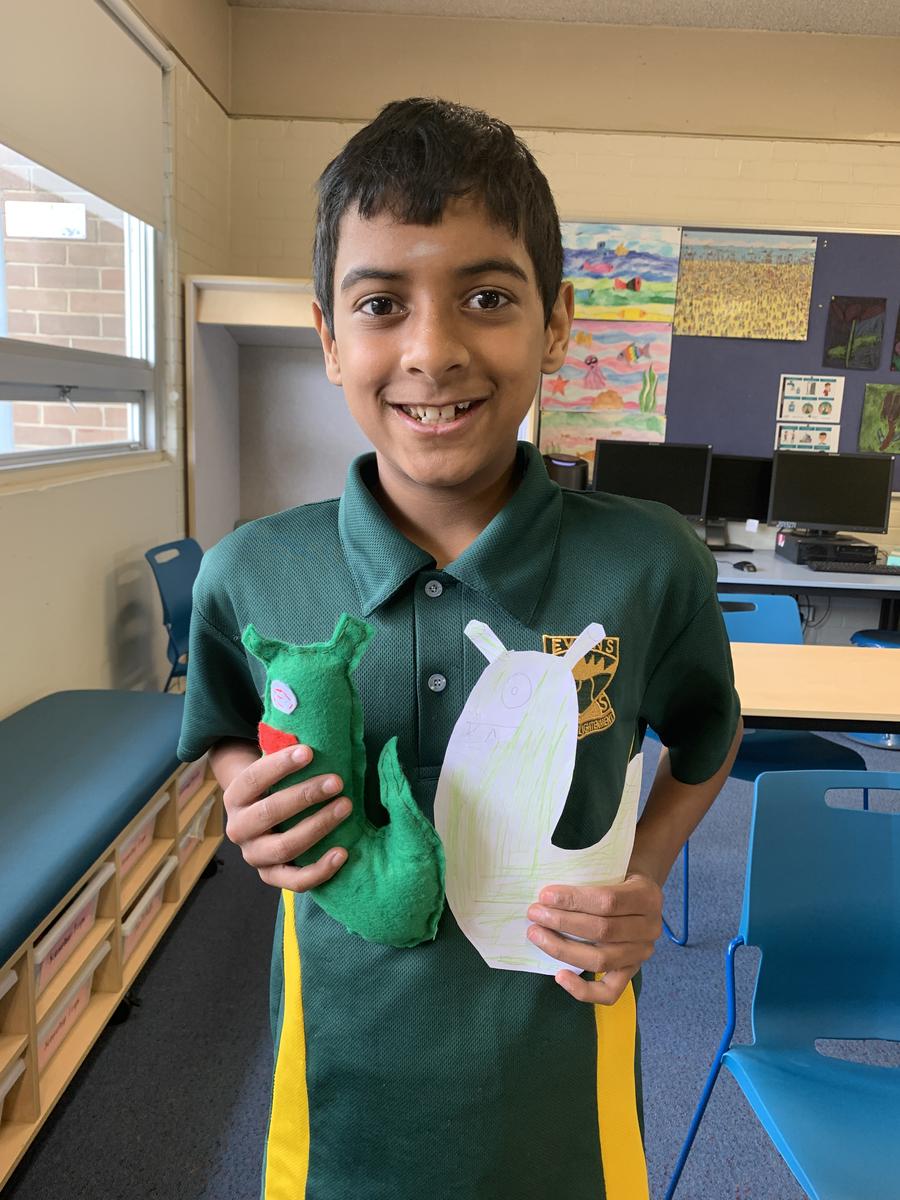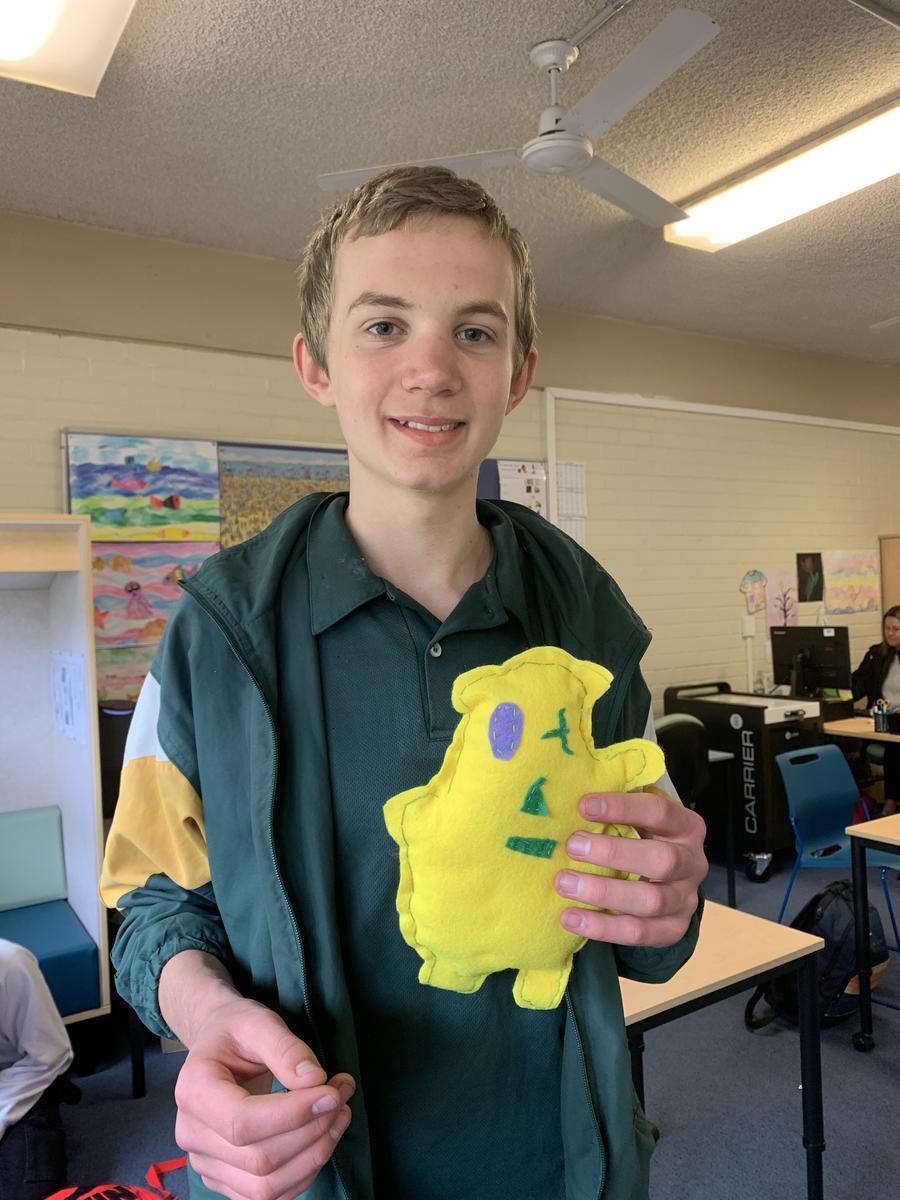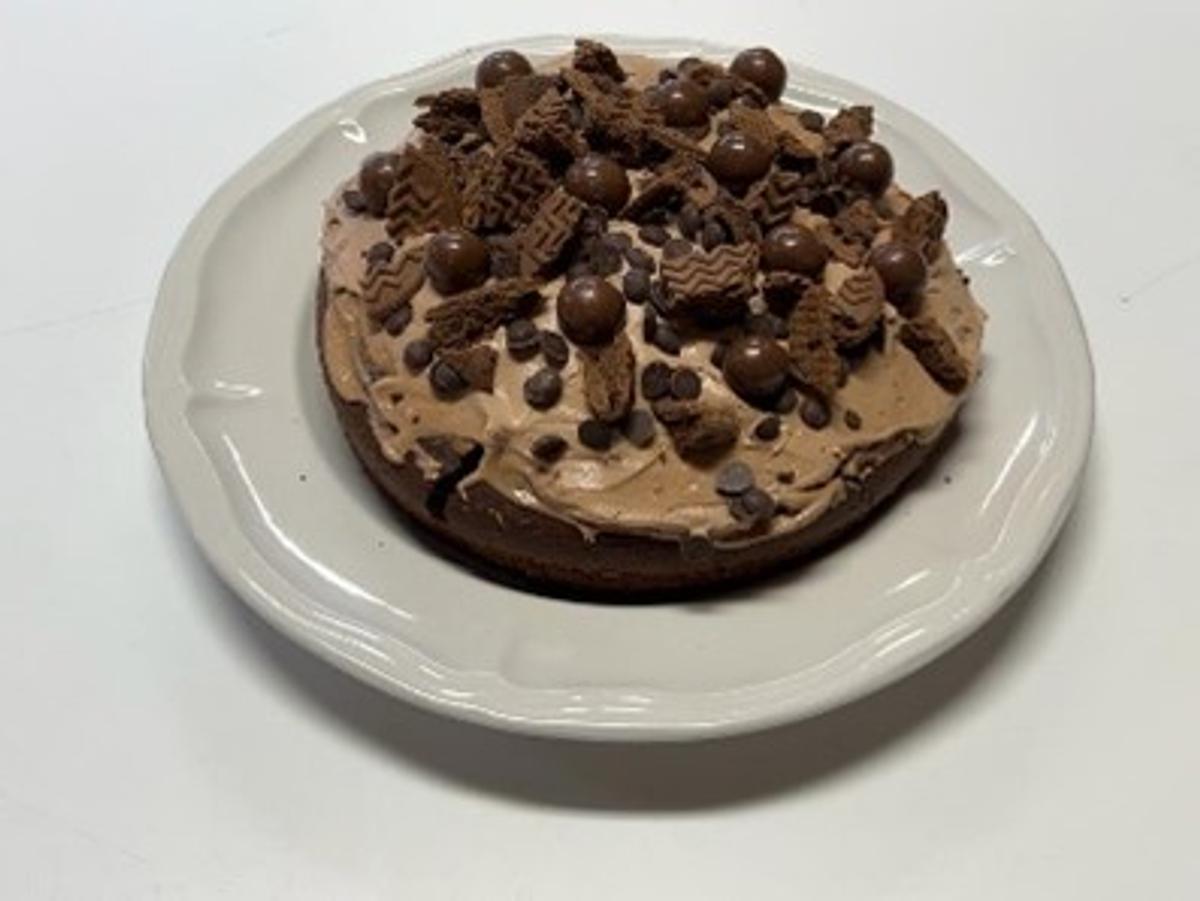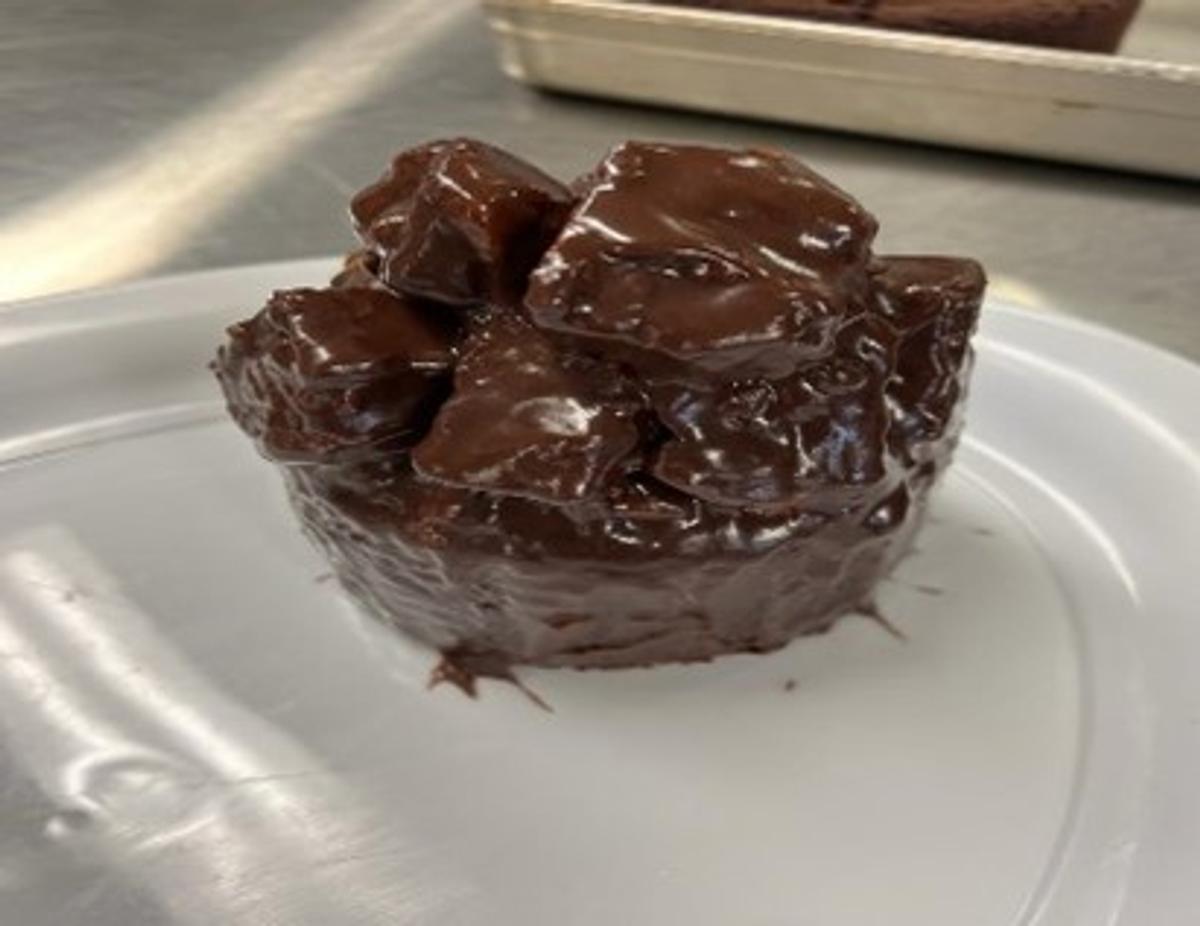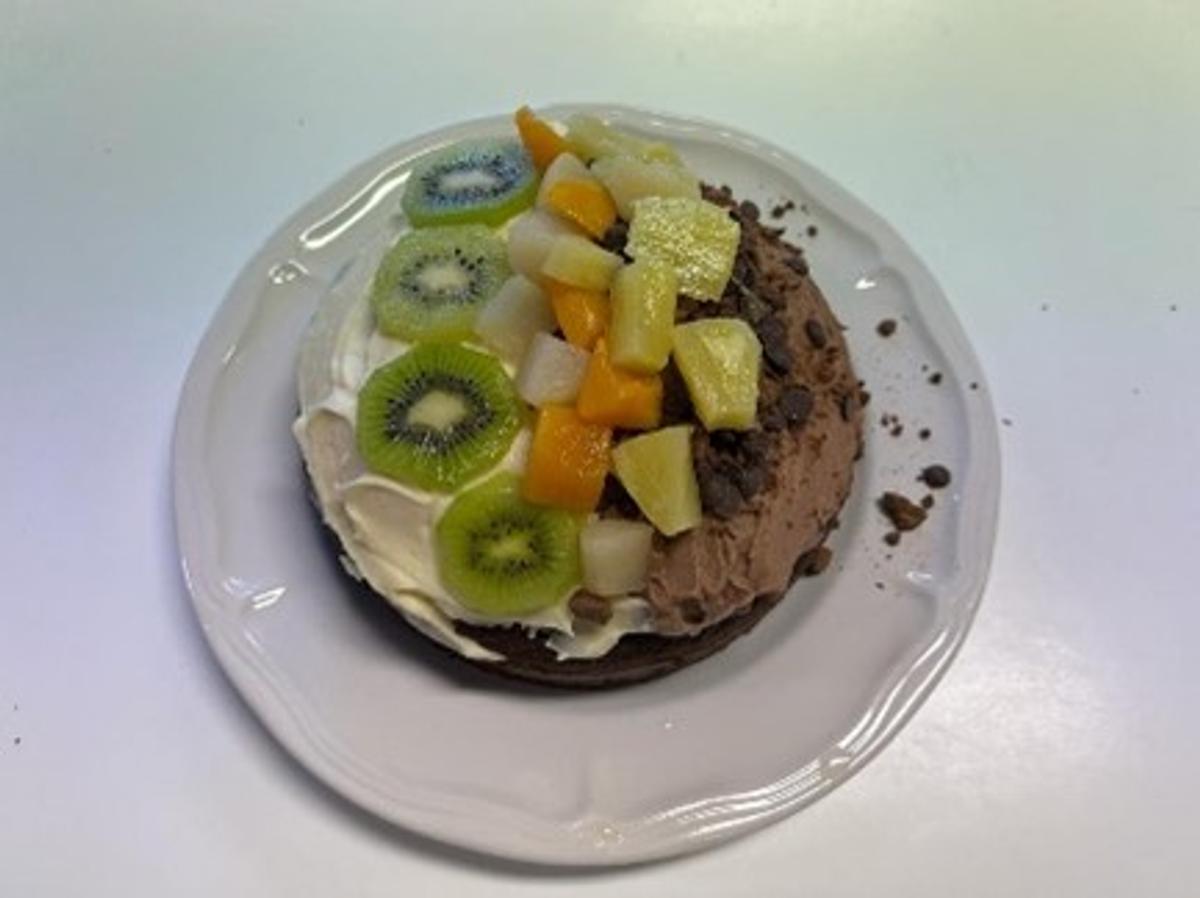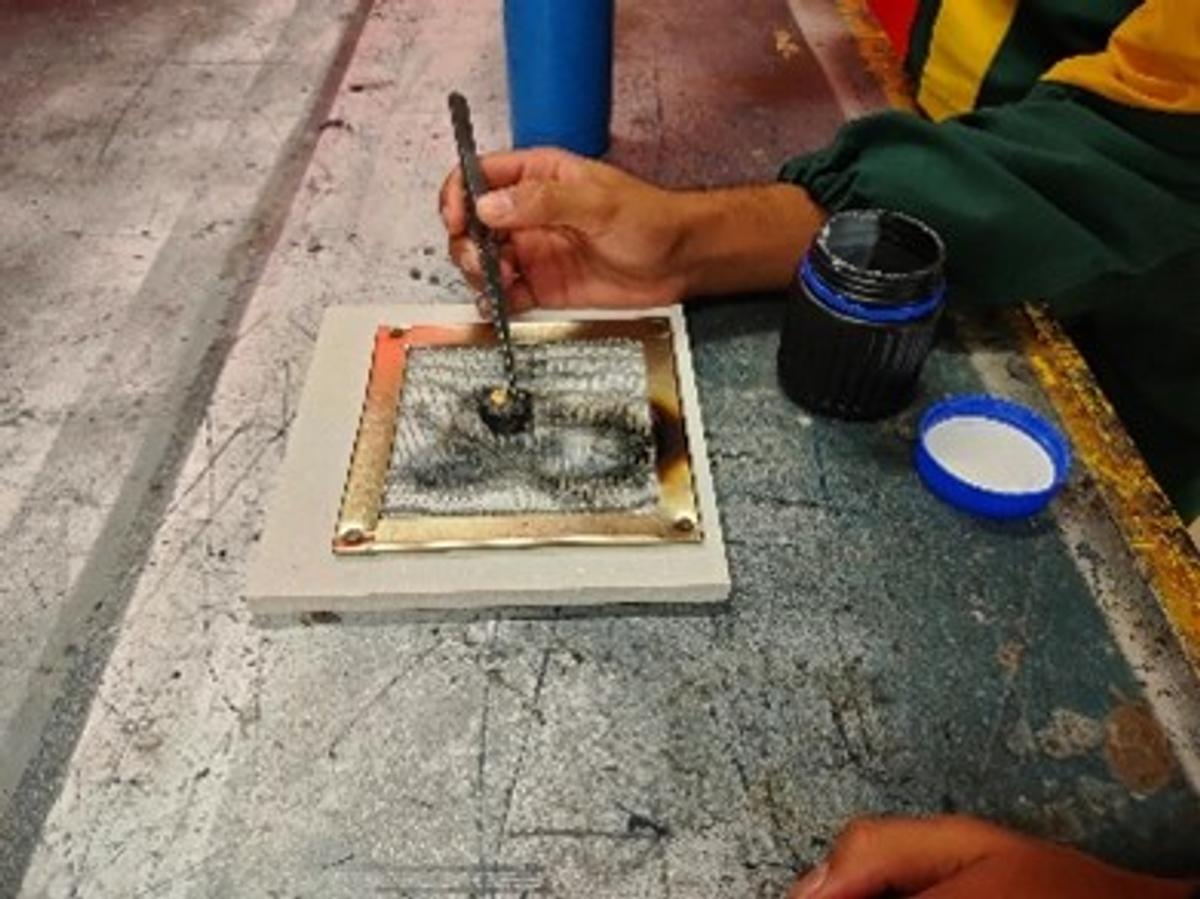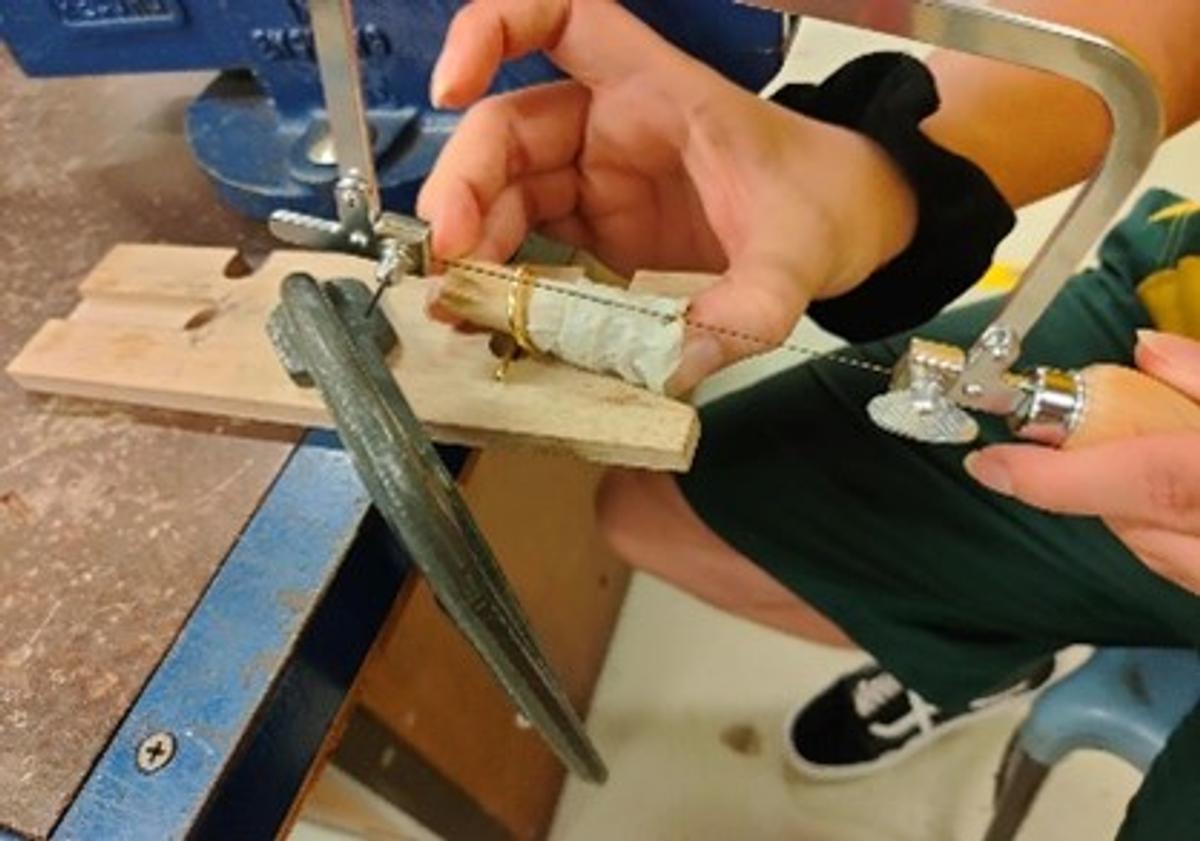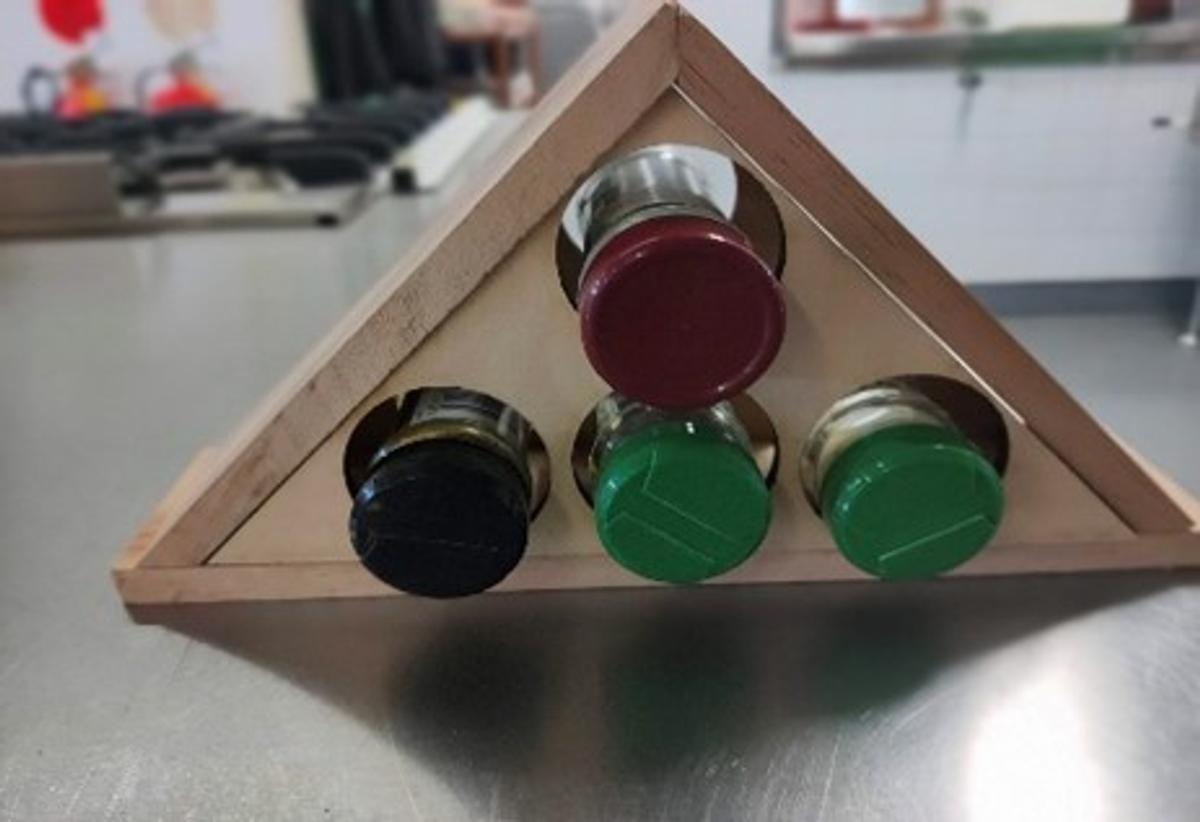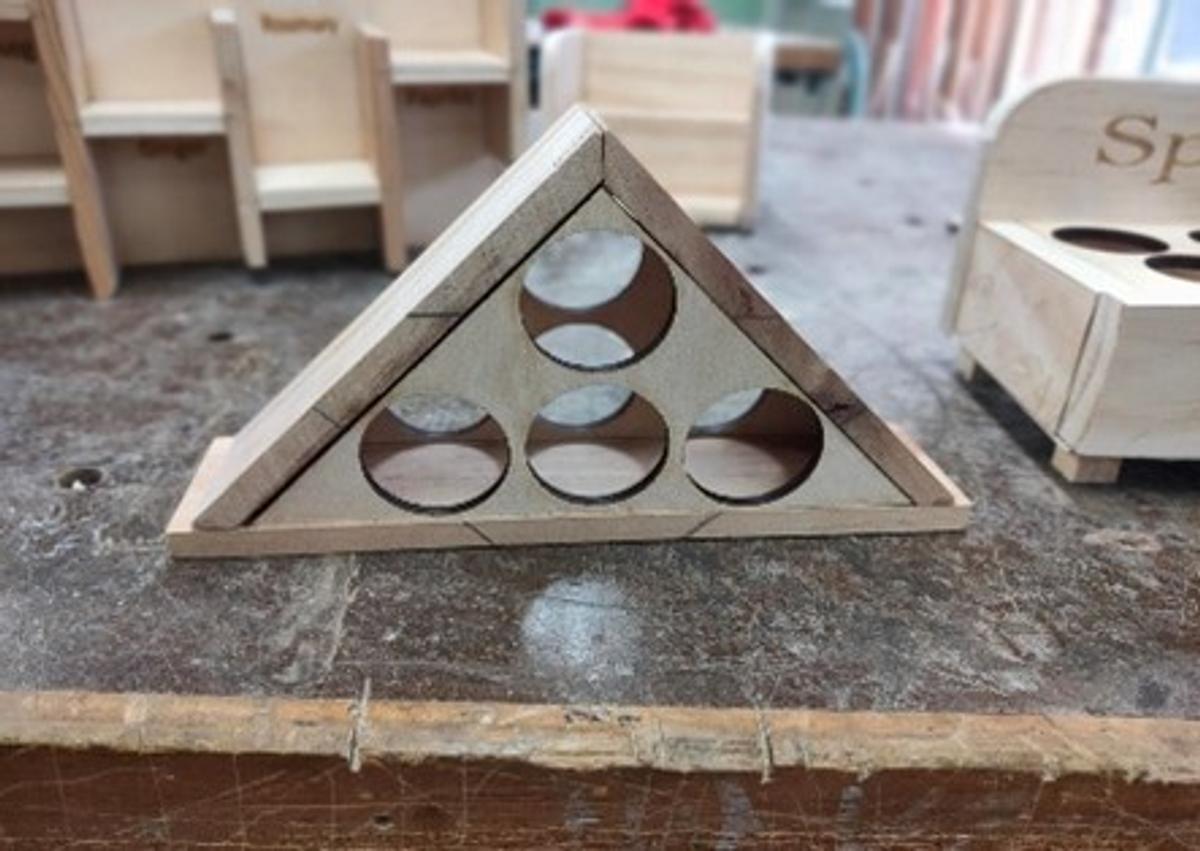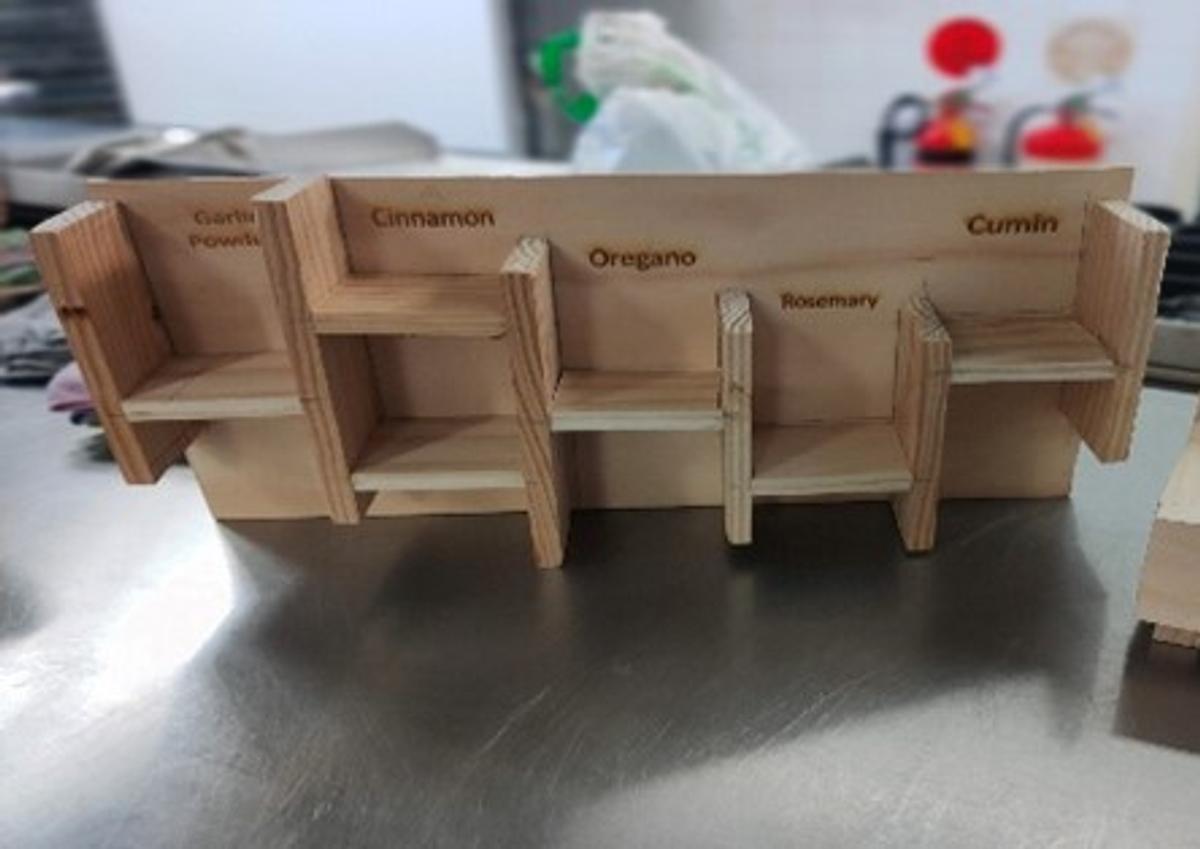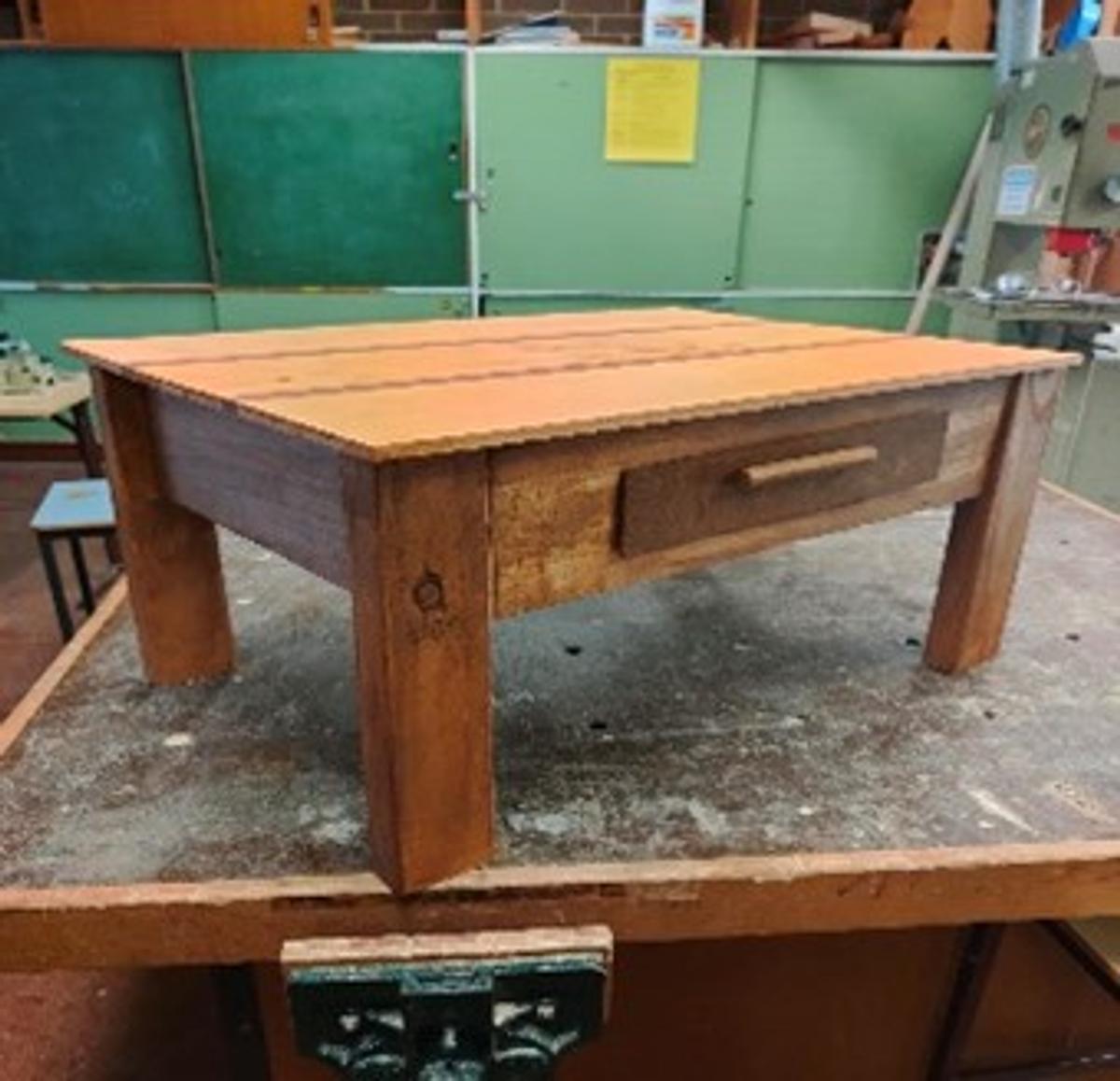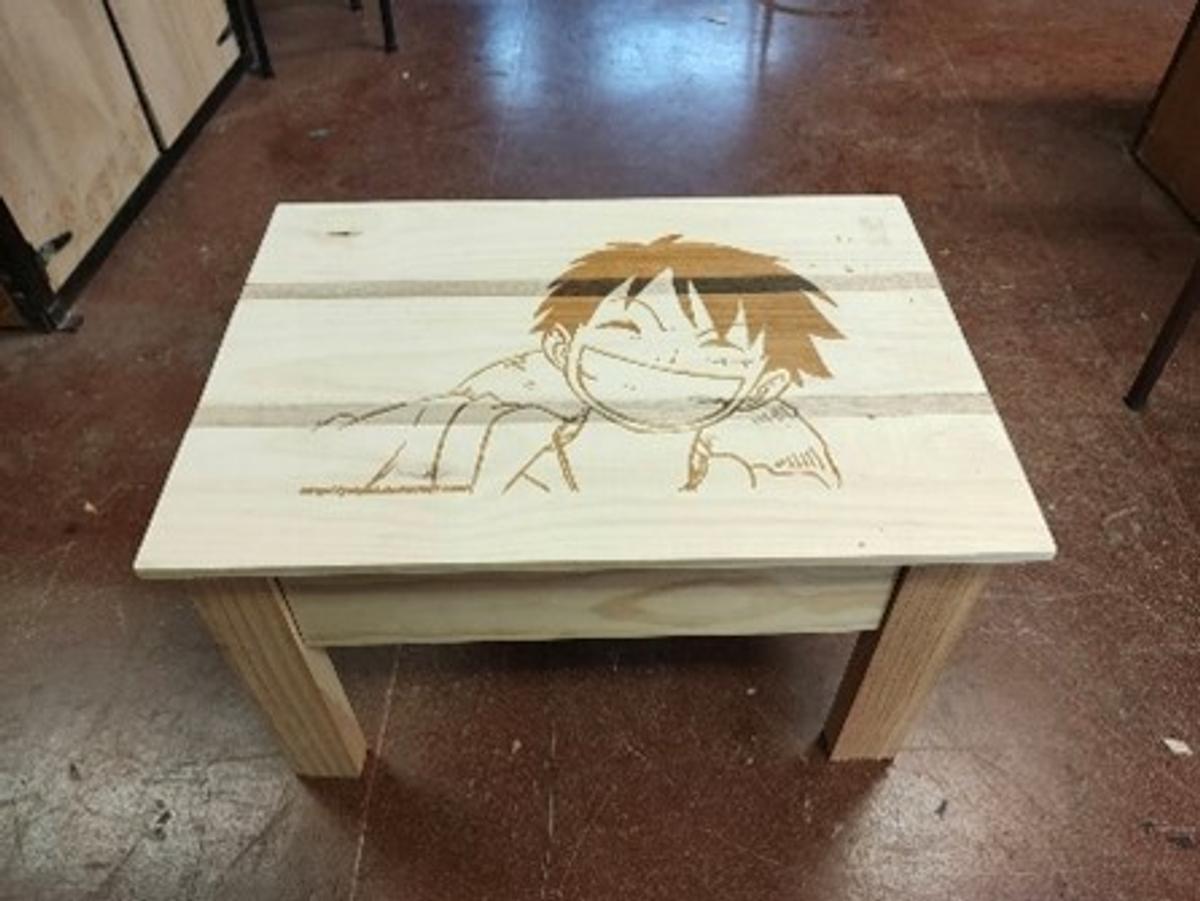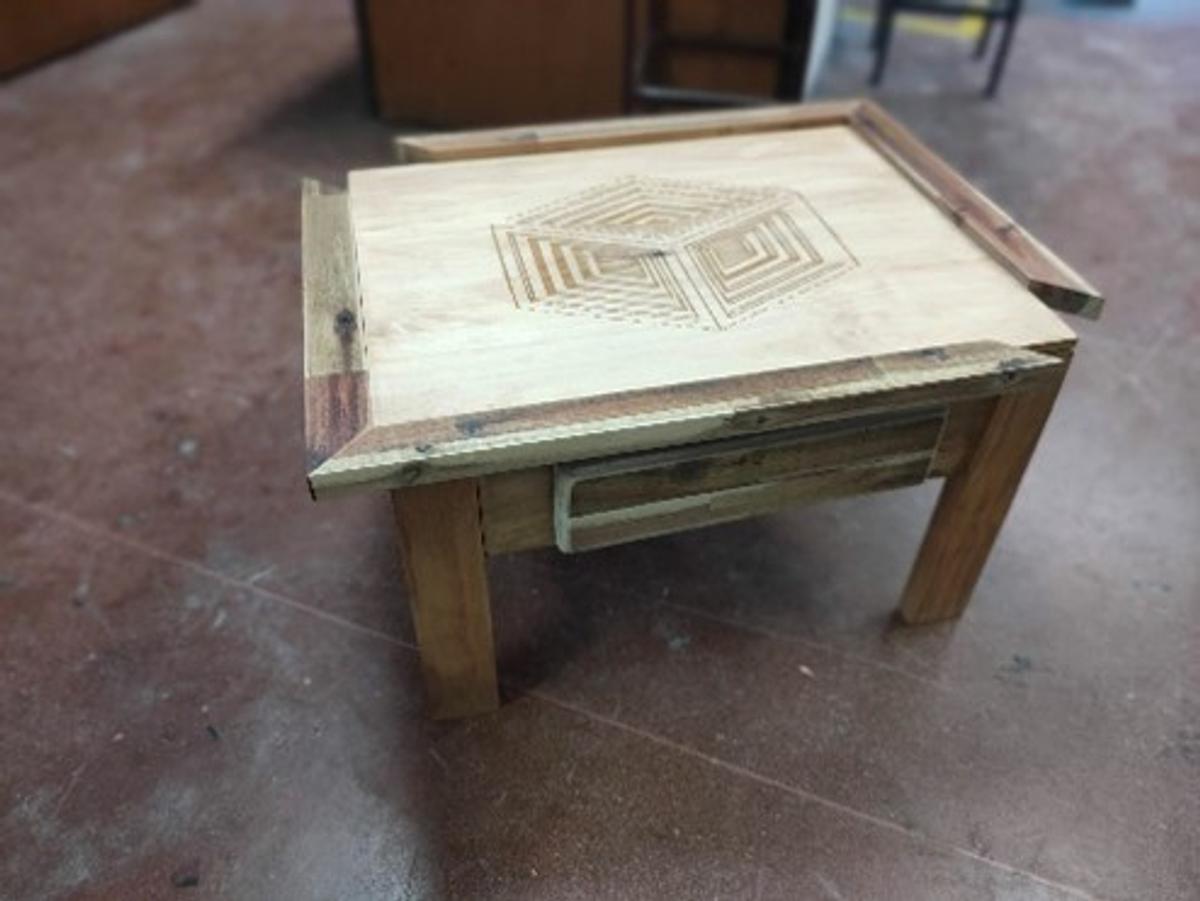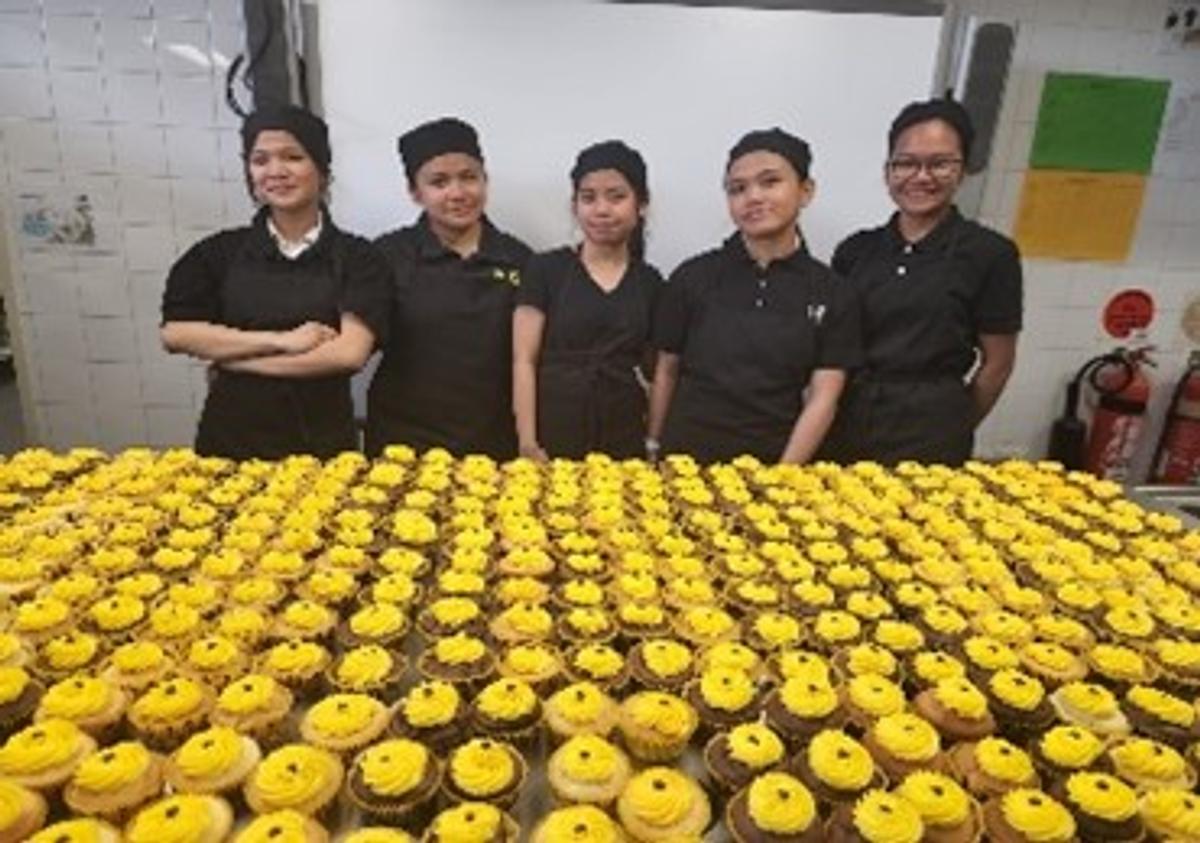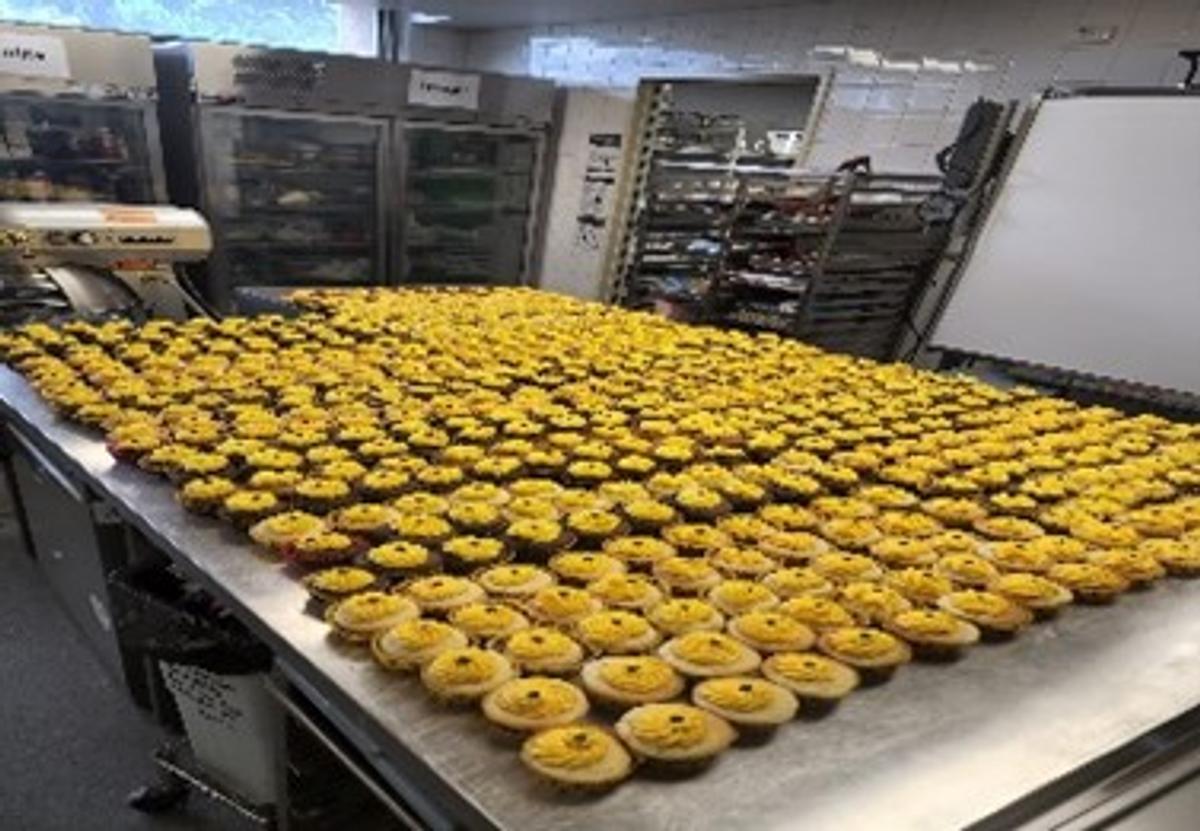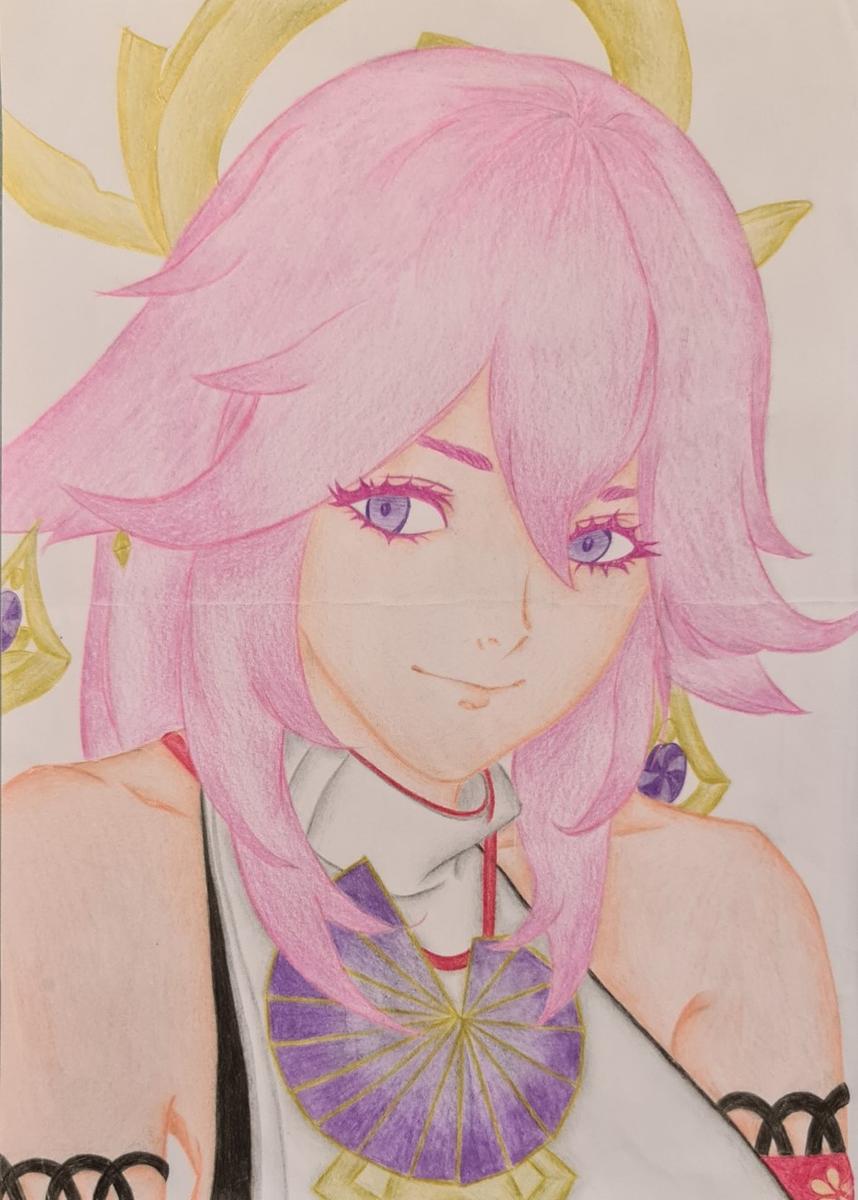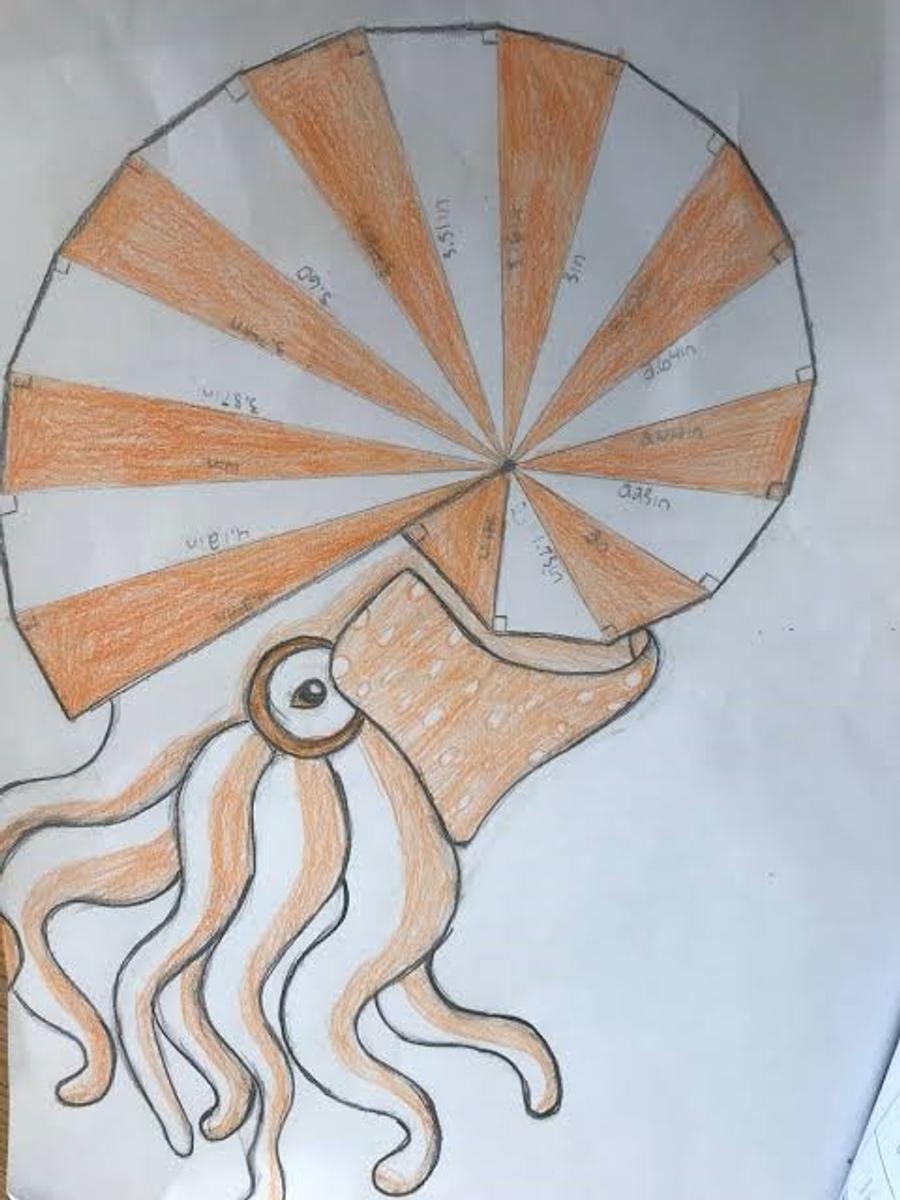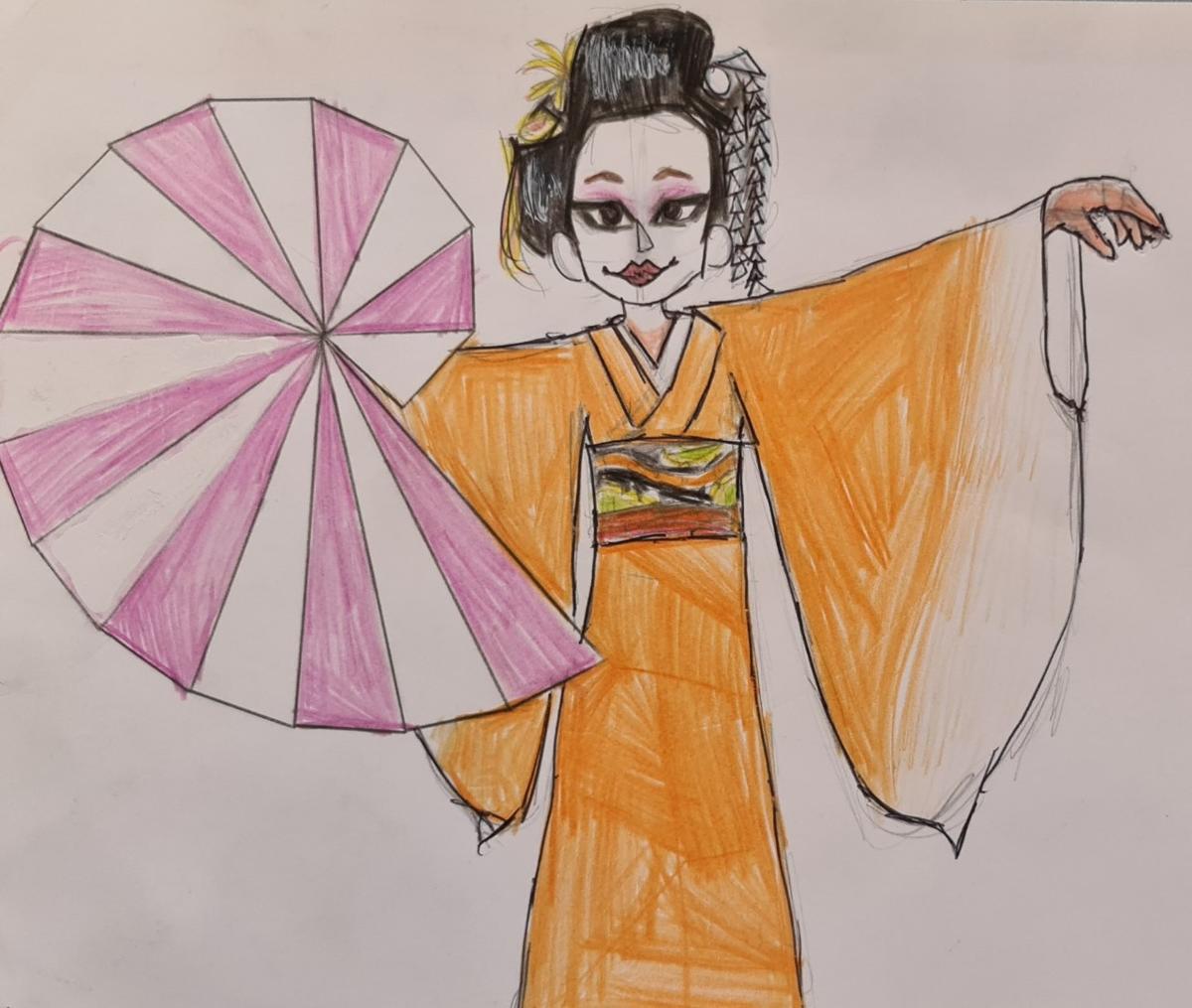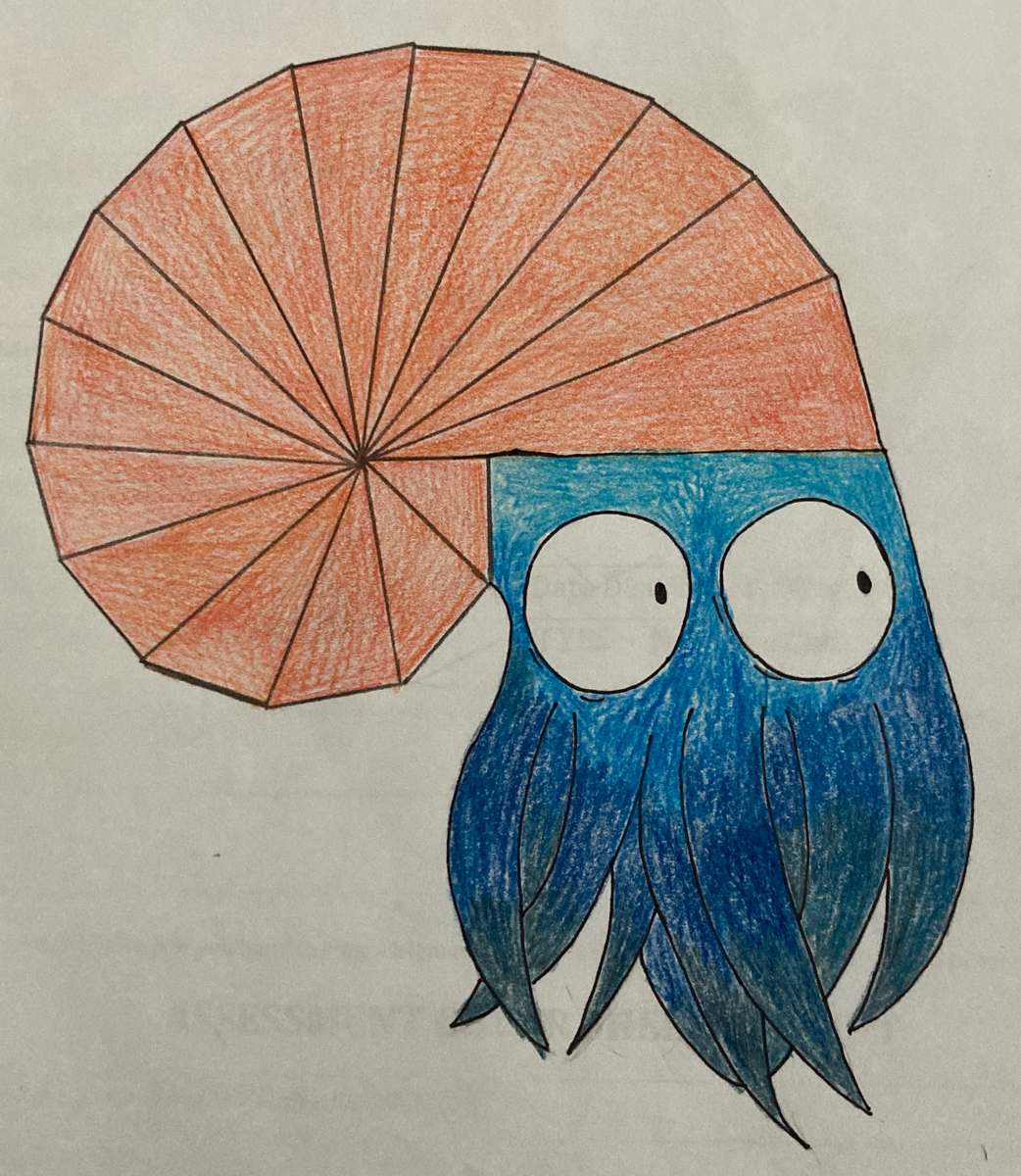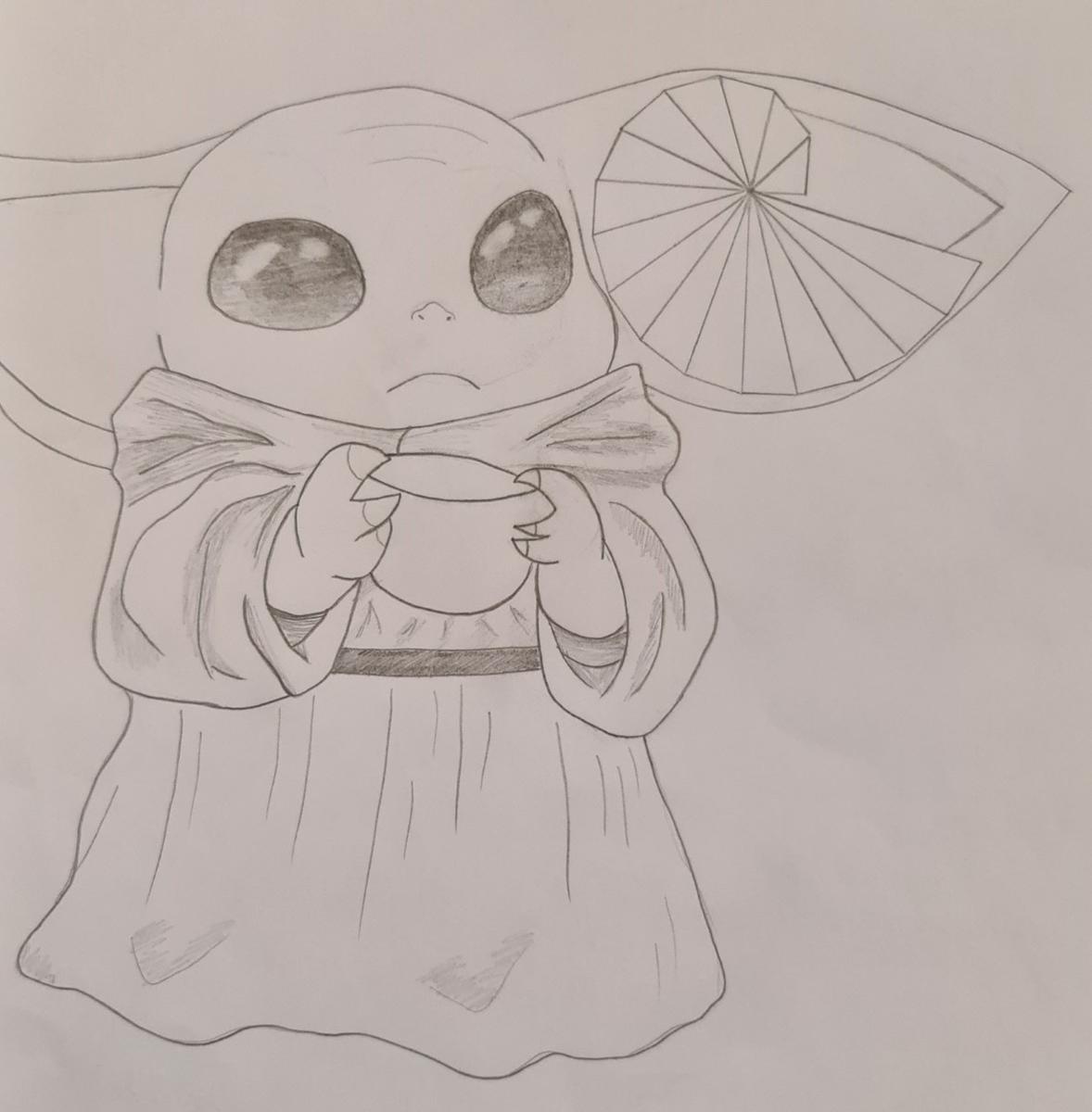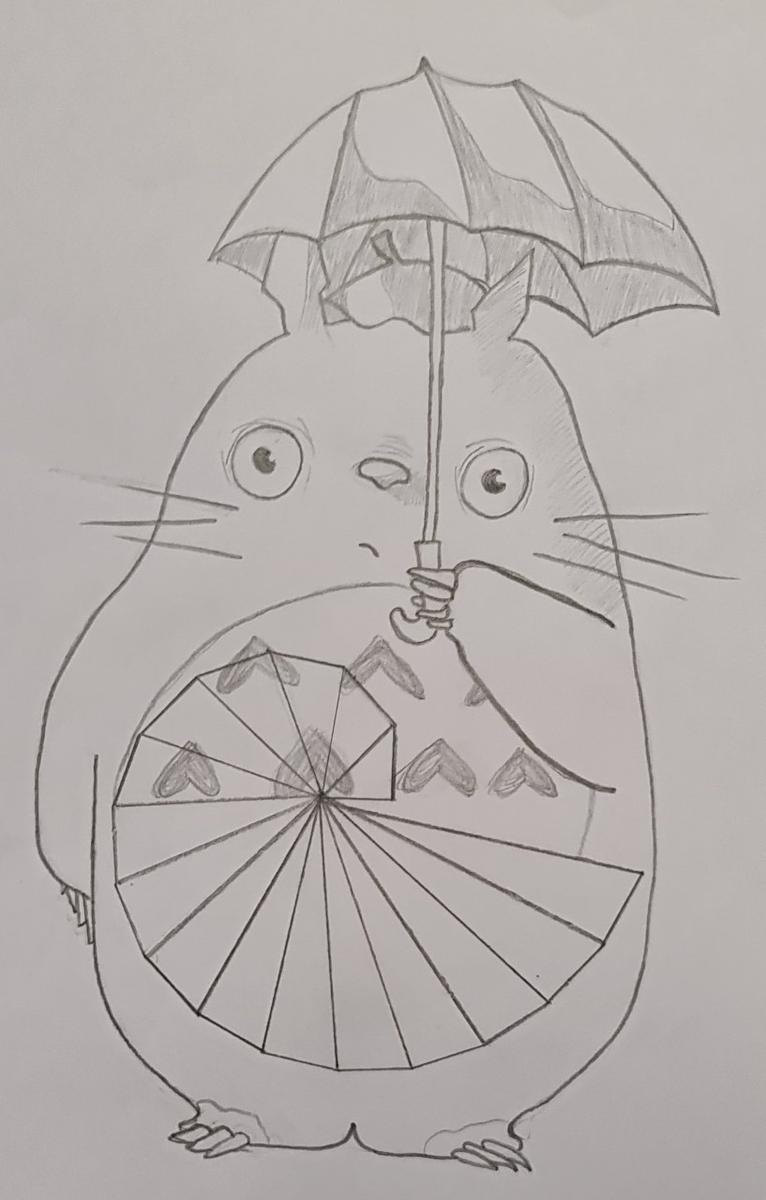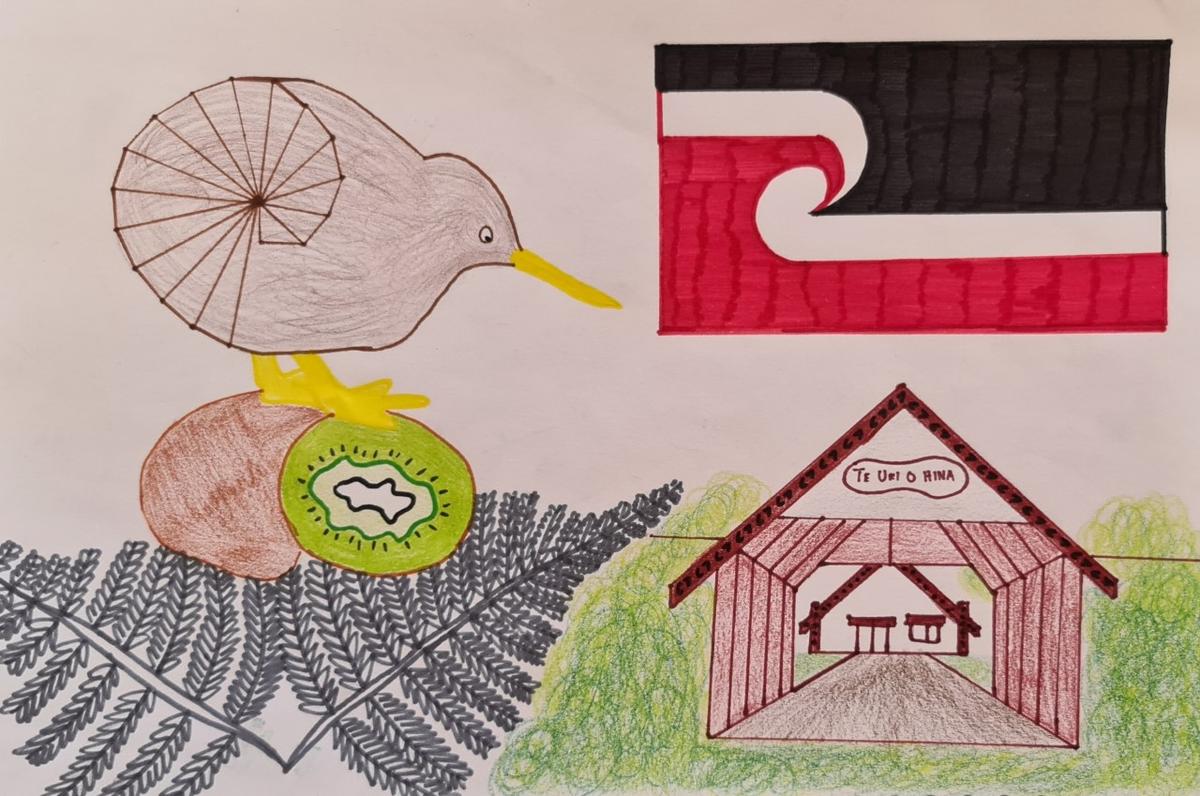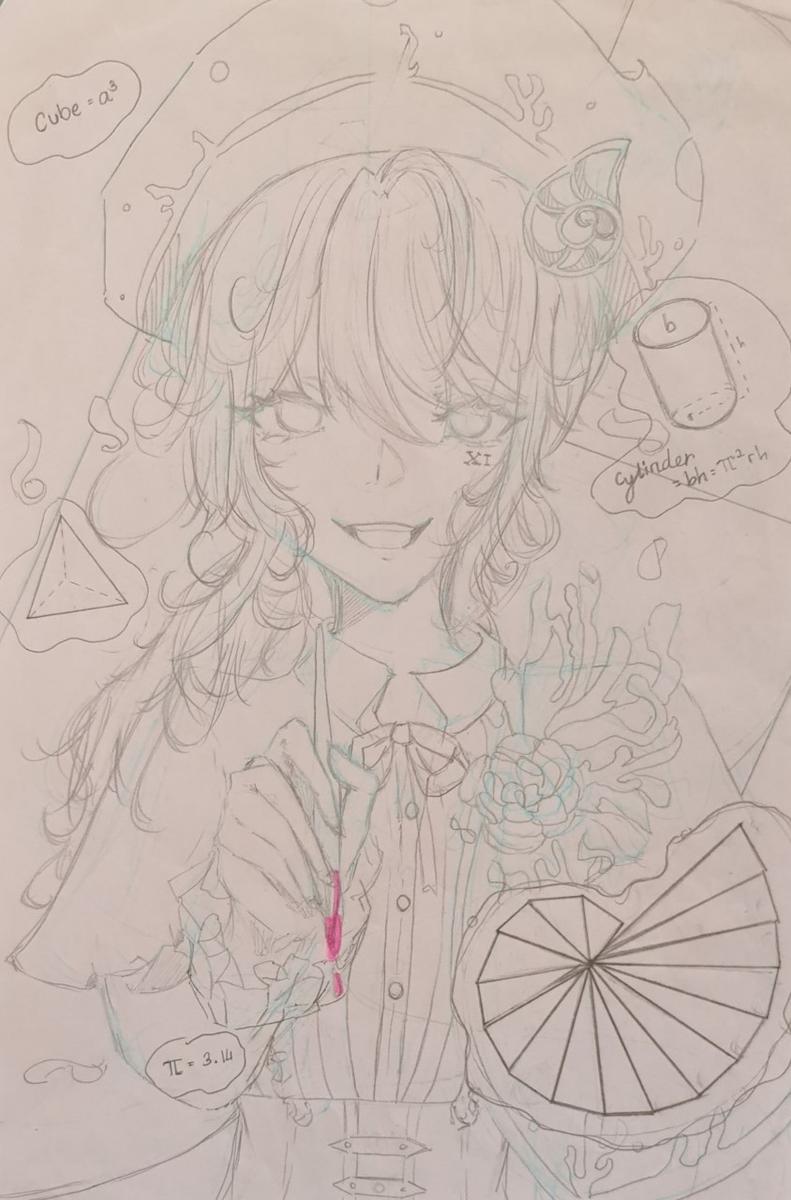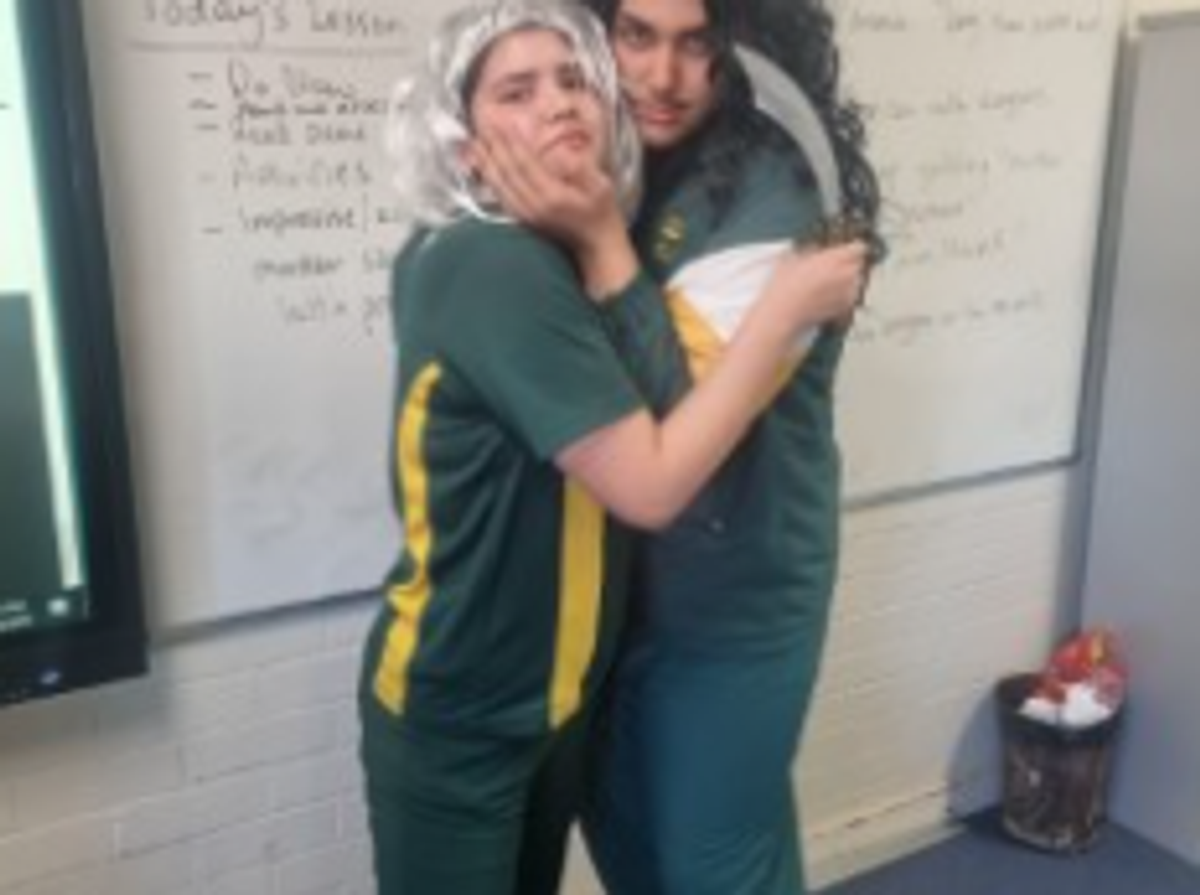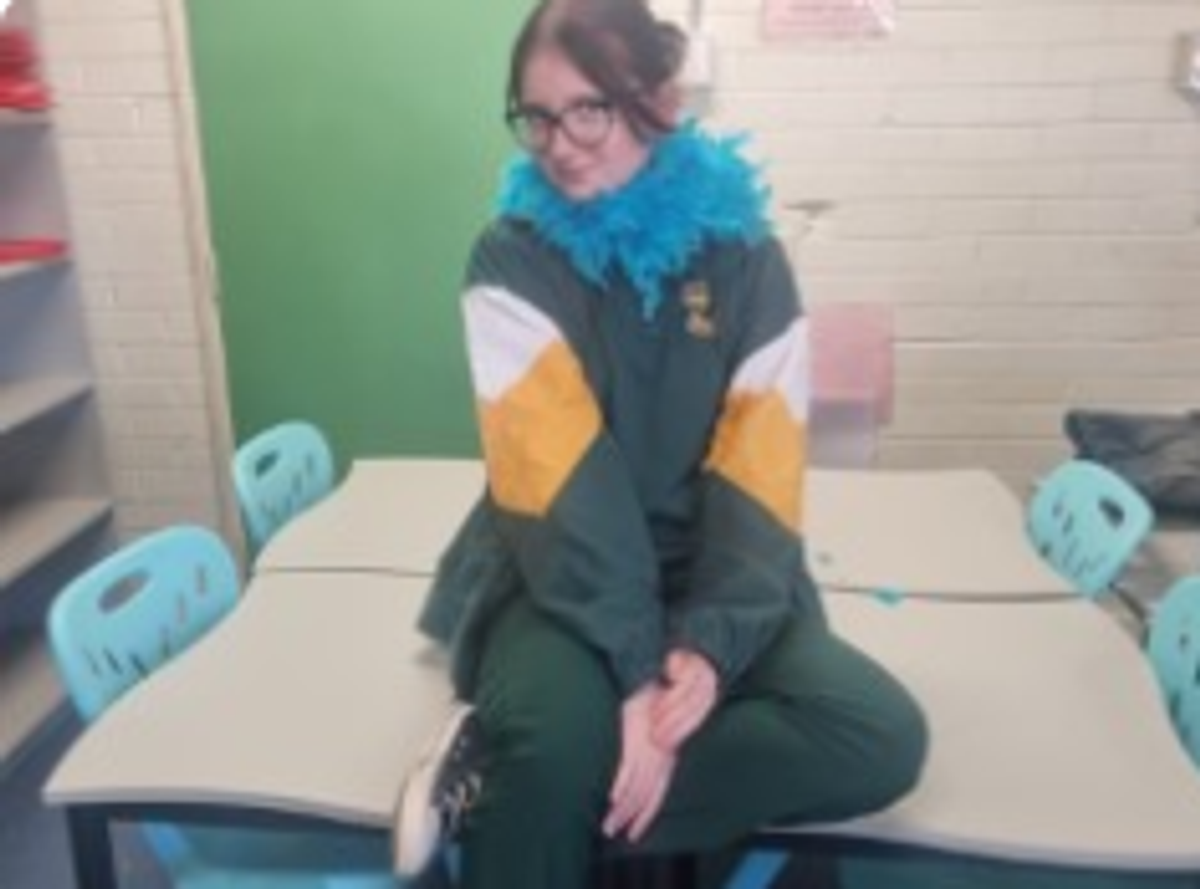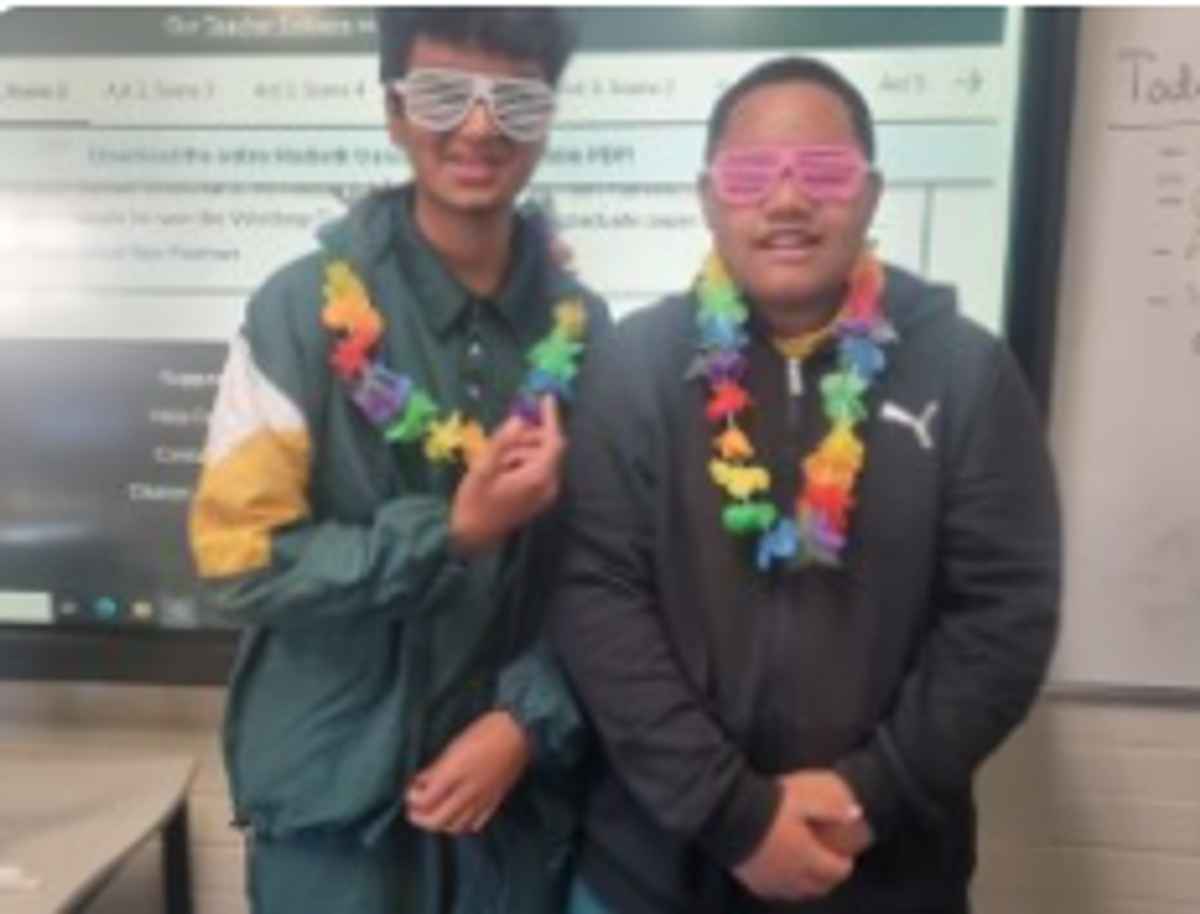Faculty News
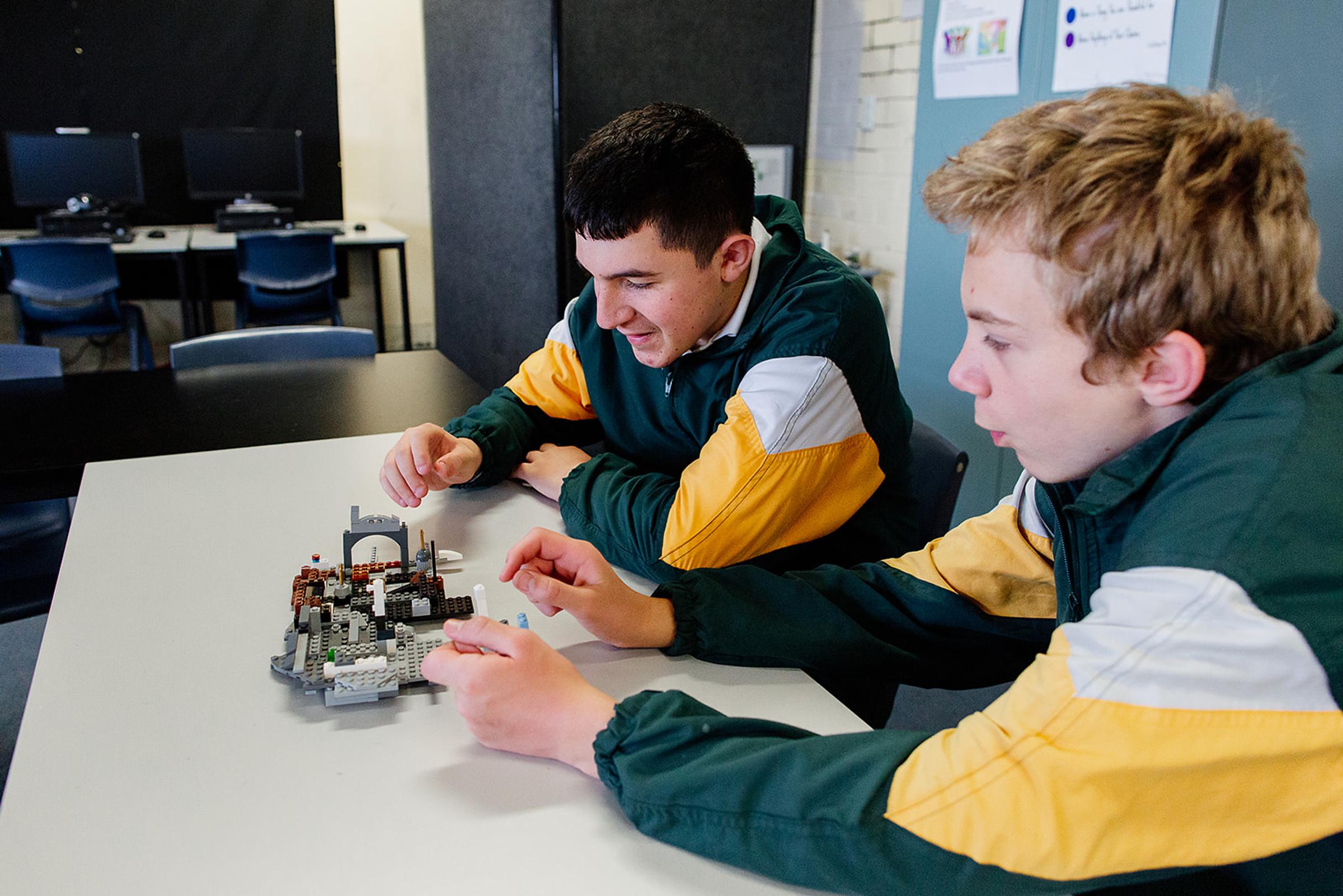
LAF
Due to several disruptions and covid restrictions, our annual LAF markets have been held off. However, this term, we were finally able to organise and run our annual LAF markets! The seniors of LAF planned and organised their LAF market stalls, selling hot food, snacks and drinks as well as entertainment such as a disco, wii games and table tennis. Students learnt skills in social interactions when shopping as well as money exchanges (through LAF dollars - a token economy in LAF) through purchasing items and services.
Students in LAF have also learnt new skills in sewing this year. They demonstrated and practised a lot of patience and precision in hand stitching little felt monsters that they designed and transferred it to fabric. Check out how awesome they look.
TAS
Year 9 Food Technology
Mr Nasiri has been working on some amazing food products with his year 9 Food Technology class
Year 9 Timber
The Year 9 Timber class has been building stools under the watchful eyes of Mr Kumar, the Timber teacher. These are some examples of what students have built.
Ms Wright, our newest member of the team, is guiding year 9 student on Jewellery making this semester
Year 7 Technology Mandatory
Year 7 Technology mandatory is working on spice rack this semester. Students have been given the same measurements of wood and have been asked to research and design a spice rack that is innovative. These are some of the spice racks they came up with. Taking advantage of the laser cutter in our amazing STEM space, their products are amazing and mind blowing.
Year 11 Timber
Check out the coffee tables that Year 11 timber have built!
Year 11 Hospitality
Our wonderful hospitality students led by their inspirational teacher; Ms. Rani baked 700 cupcakes for the RUOK? day celebration.
Watch this space for our next episode. We will post some interesting projects from Year 10 Multimedia and Year 10 Design & Technology
Mathematics
What is Maths?
What would you say if you were asked to define mathematics? Would your answer include ‘numbers’ or ‘formulas’ or ‘calculations’? These things are all definitely associated with the study or application of mathematics but they don’t have much to do with defining what mathematics actually is.
Mathematics is the science of patterns and relationships.
Pure mathematics focuses on patterns and relationships whether they have any possible application in the real world or not. Someone might notice a pattern in a set of numbers, or shapes, or arrangements of petals on a flower. They might see how far the pattern goes, or where else it might occur, or they might just keep playing with the pattern to see what else they might find. Mathematics at its foundation is curious, it finds awe in beauty, and it values creativity as much as it does logic.
Applied mathematics then takes the patterns and relationships out into the real world and sees where they can be useful. Much of our modern society now relies on technology that once began with someone noticing something interesting and seeing where it took them.
We live our modern lives surrounded by mathematics and its applications to the point that we no longer see it. The study of mathematics in school is full of different patterns and relationships that are considered important for many different reasons. Some concepts are studied because of their usefulness and application, others because of how they strengthen parts of our brains to think logically and abstractly in our important developmental years. But with so many different concepts to cover in class, we rarely have time to slow down and look for patterns and relationships ourselves.
Our Year 9 maths class, 9MAT1, was recently asked to recreate a pattern called the ‘Wheel of Theodorus’ or ‘Spiral of Theodorus’ that, according to Plato, was originally used to prove that all square roots of non-square integers from 3 to 17 are irrational. Students were asked to create an artwork that related the pattern to something else through colour, shape or abstraction. Their artworks demonstrate both creativity and logic and, most importantly, mathematics!
Spiral of Theodorus
By Pbroks13 at English Wikipedia, CC BY-SA 3.0, https://commons.wikimedia.org/w/index.php?curid=4171437
English
Year 7
Year 7 have just completed a close study of William Shakespeare’s ‘Romeo and Juliet’. Students learnt how to identify the main themes in the text, how to find quotes to support their ideas and to explain the effect of language techniques. Their assessment task was an analytical essay which they completed with the assistance of a detailed ALARM scaffold. Students enjoyed the play and did very well in their initial forays into essay writing!
Year 8
Year 8 have also completed a close study of ‘Romeo and Juliet’, carried over from last year when they completed a literacy skills unit during the COVID lockdown during their Shakespeare unit. Year 8 enjoyed reading through each scene and looking at themes and characterisation. Their assessment task was an essay requiring them to analyse themes within the play and to support their arguments with analysis of quotes and techniques from the text. Students are successfully learning how to build more detail into their critical thinking and arguments.
Year 9
Double, double toil and trouble Fire burn and cauldron bubble!
For the last term, year 9 English students have been studying William Shakespeare's 'Macbeth', a play in which the titular character, spurred on by various internal and external influences, makes a series of poor choices that ultimately lead to his death.
Students have had to undertake a close analysis of the text to determine which of the influences had the greatest impact on Macbeth's downfall. They then composed an essay explaining their ideas.
Of course, a play is not just meant to be read, but seen too. It was for this reason that some Year 9 teachers opted to make performers out of their pupils by providing them with props and a little artistic direction.
In the pictures, we can see Mia and Bilal as Macbeth and Lady Macbeth respectively, Maalay and Phelix as the drunken servants, and Alisha as King Duncan.
Who says Shakespeare can't be fun?
Year 10
Year 10 have completed a comparative close study of William Shakespeare’s ‘The Taming of the Shrew’ and the film ’10 Things I Hate About You’ directed by Gil Junger. They focused on the representation of women and gender roles and how these have evolved over the centuries. Their assessment task was a comparative essay supported by a detailed ALARM scaffold in which they learnt to create cohesive and detailed arguments supported by analysis of language and visual techniques from both texts. Students loved the film in particular and were very good at thinking critically about how gender roles and expectations have changed over time.
Year 11
Year 11 Standard, Advanced and EAL/D classes have completed their final units for the year. The Standard and Advanced classes focused on close study of a text, further developing their skills to analyse how characterisation, setting and plot combine to represent the themes and ideas in a text. Skills in textual analysis, identification and explanation of the effect of techniques were worked on throughout the module. The assessment task for the term were the two Yearly Examination papers, in which students were assessed on all modules and skills learnt throughout the year.
Year 12
Year 12 have completed their final modules for the year. Since the HSC Trial Examinations, classes have been systematically revising each module and the skills required for the HSC examinations. To continue to prepare for the final HSC examinations, students are encouraged to revise each of the themes of their texts and memorise quotes to support each theme. All teachers are available to provide feedback on practice essays or questions that students submit to Google Classroom. We are also here for support and advice on study tips if students need it. All the best Year 12. We will miss you!
